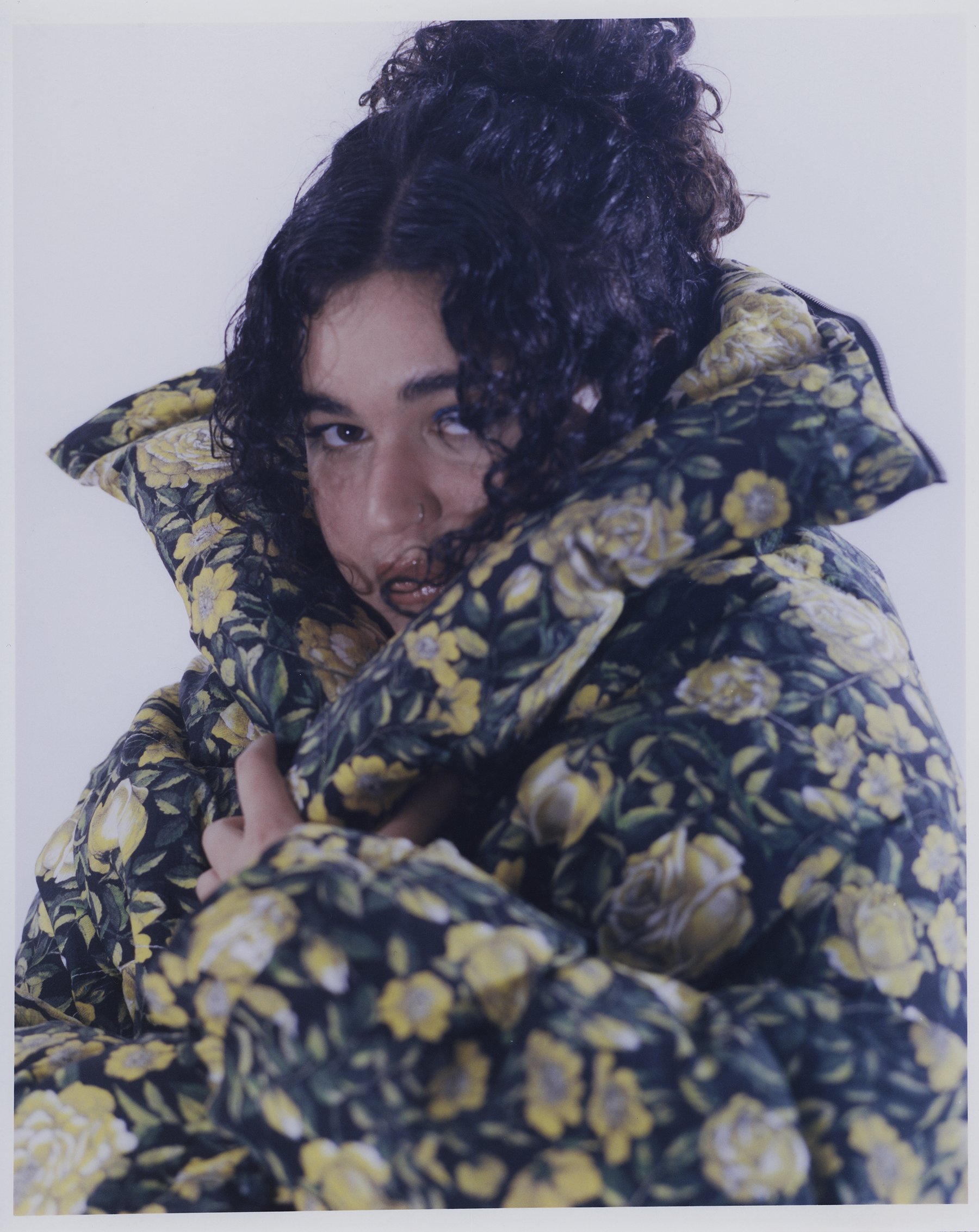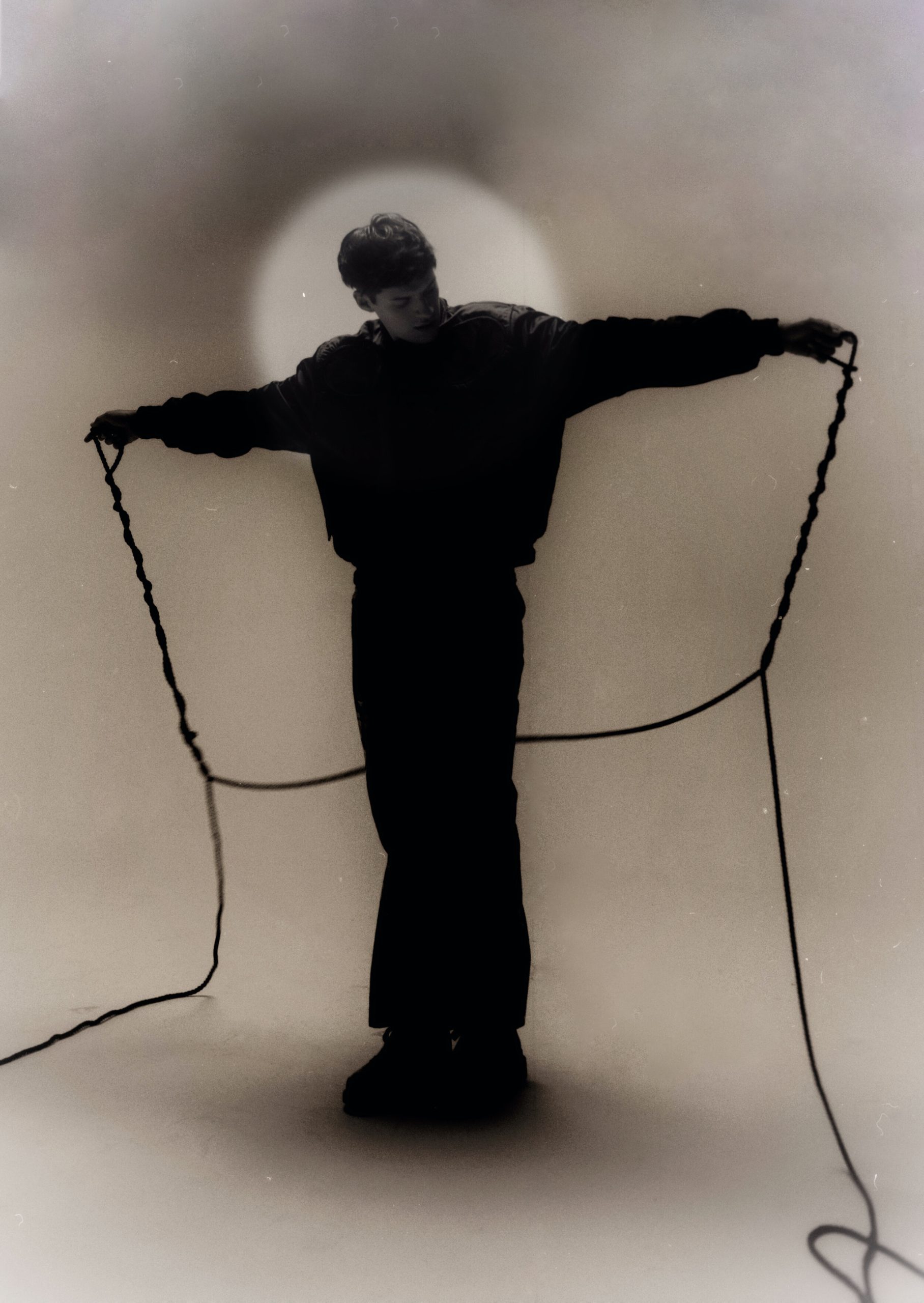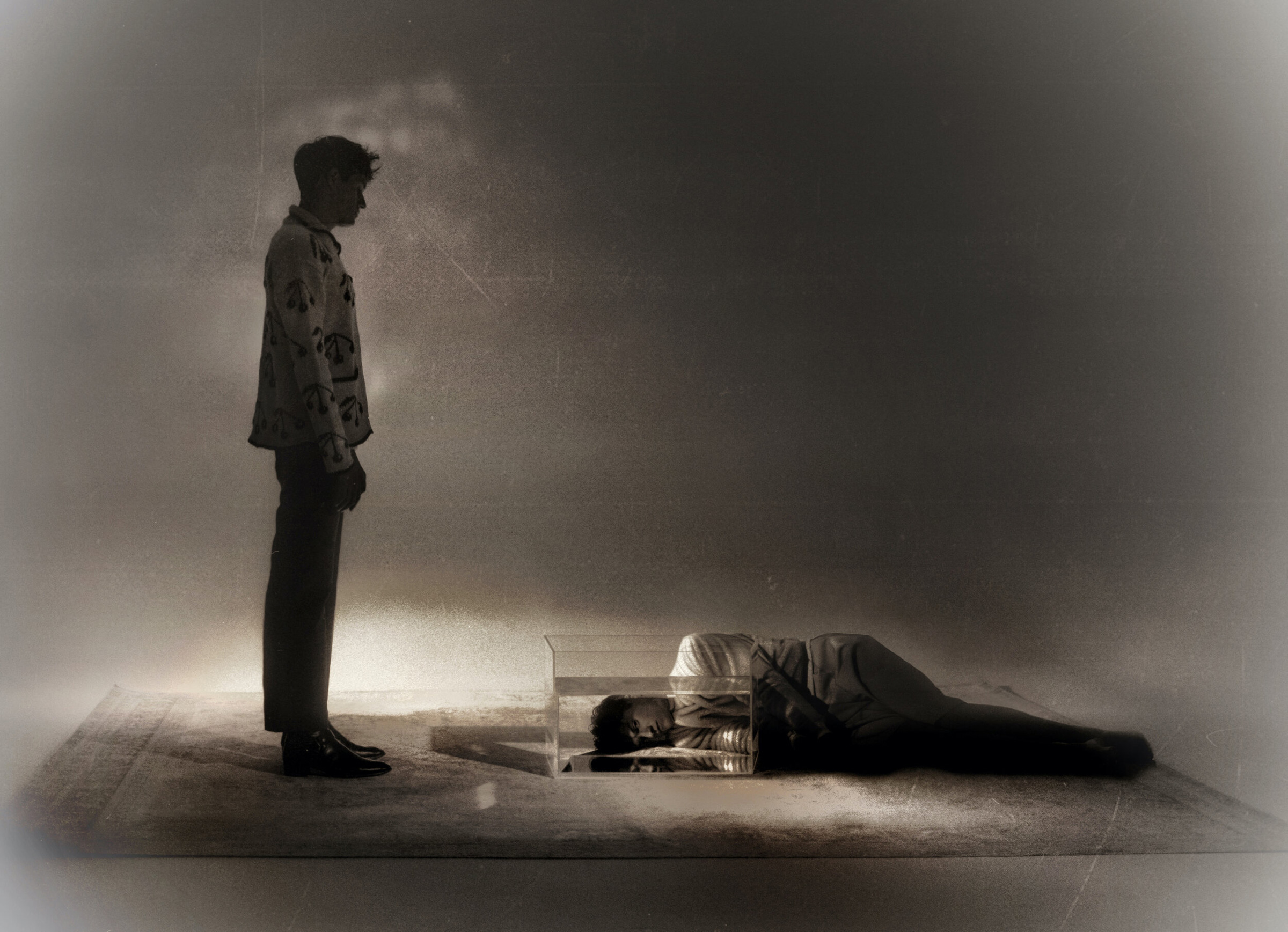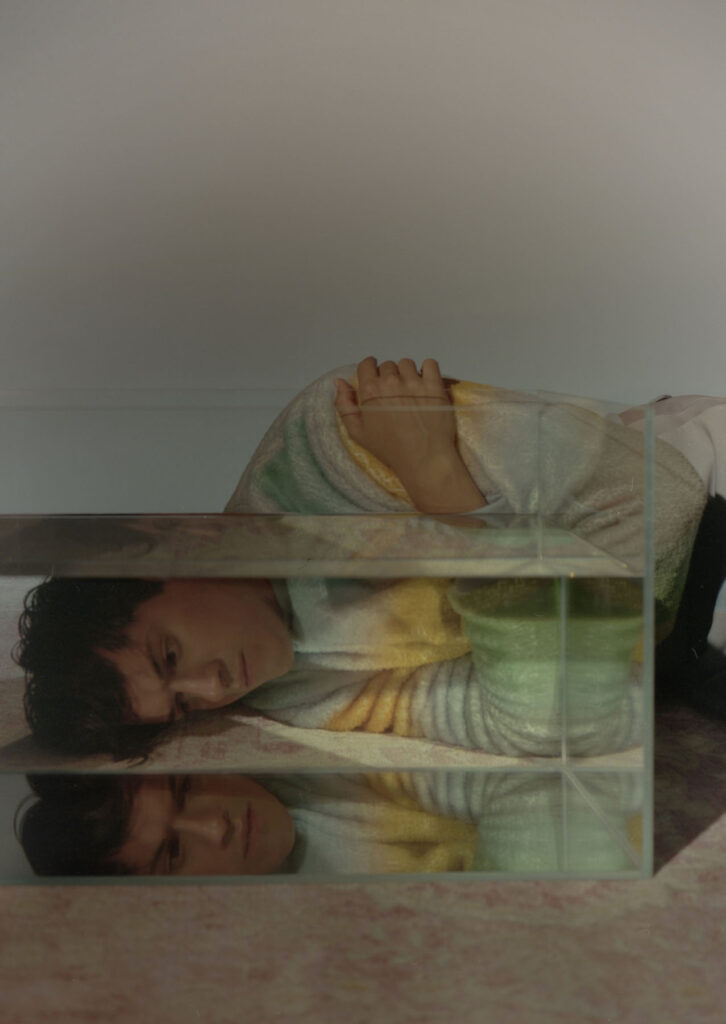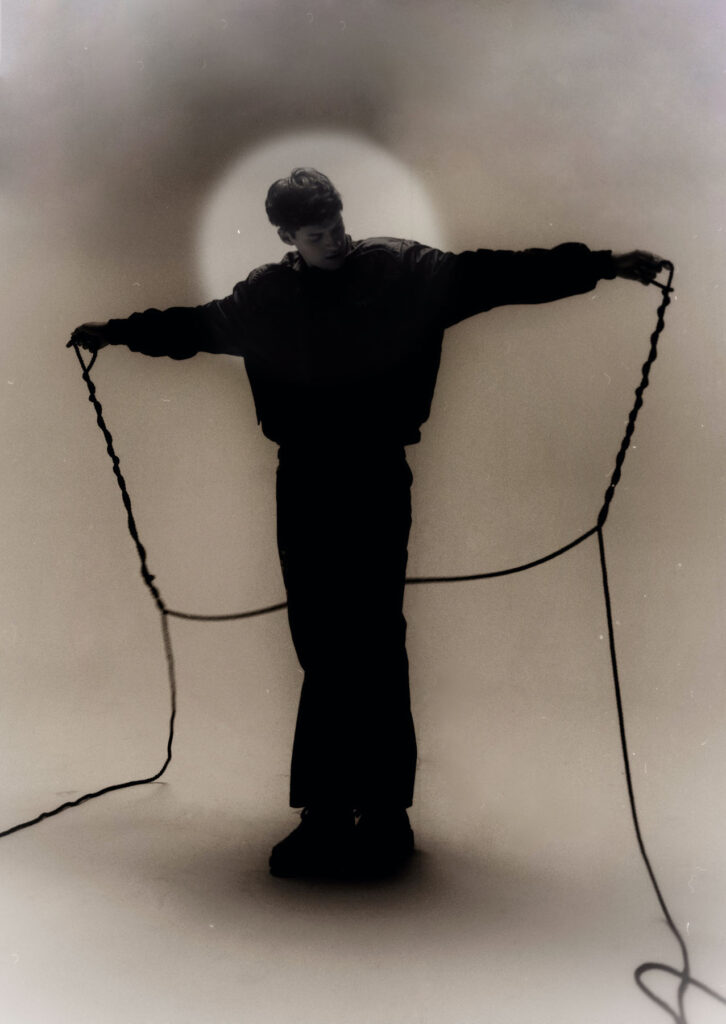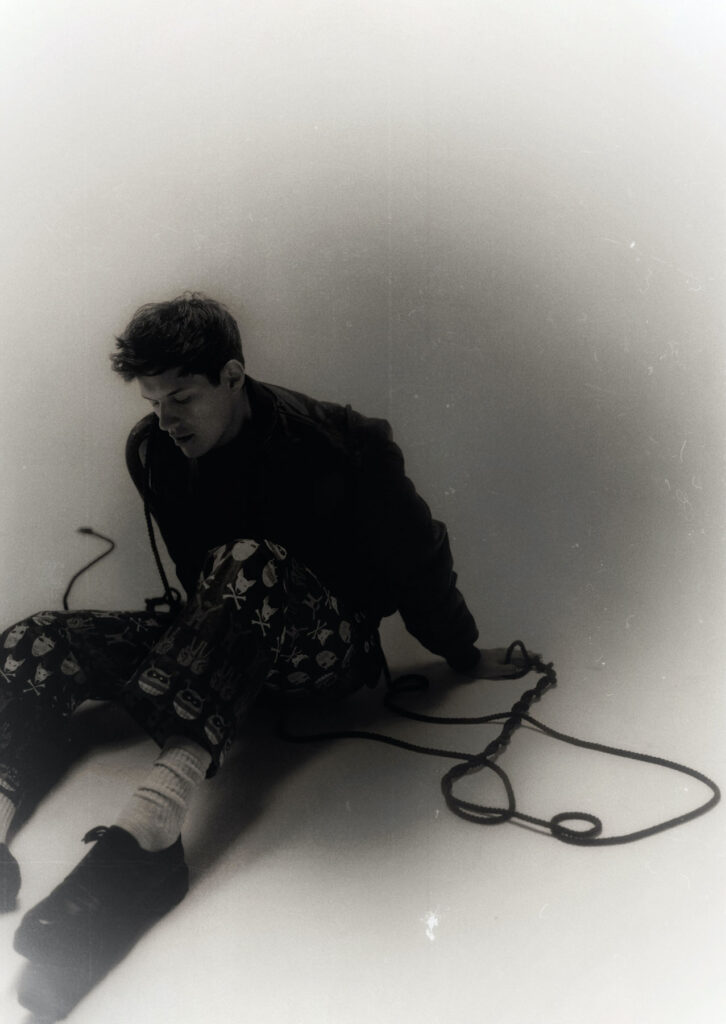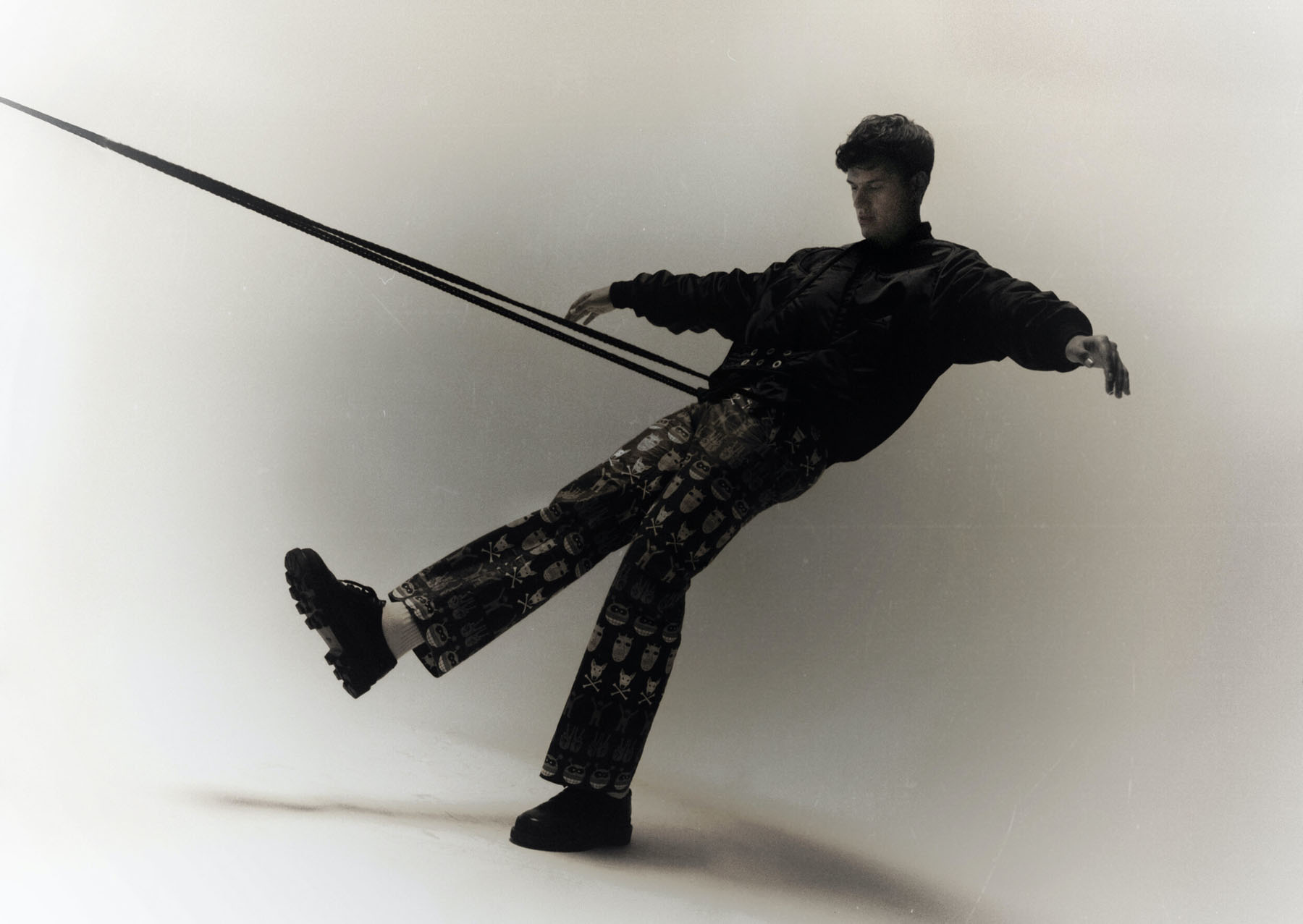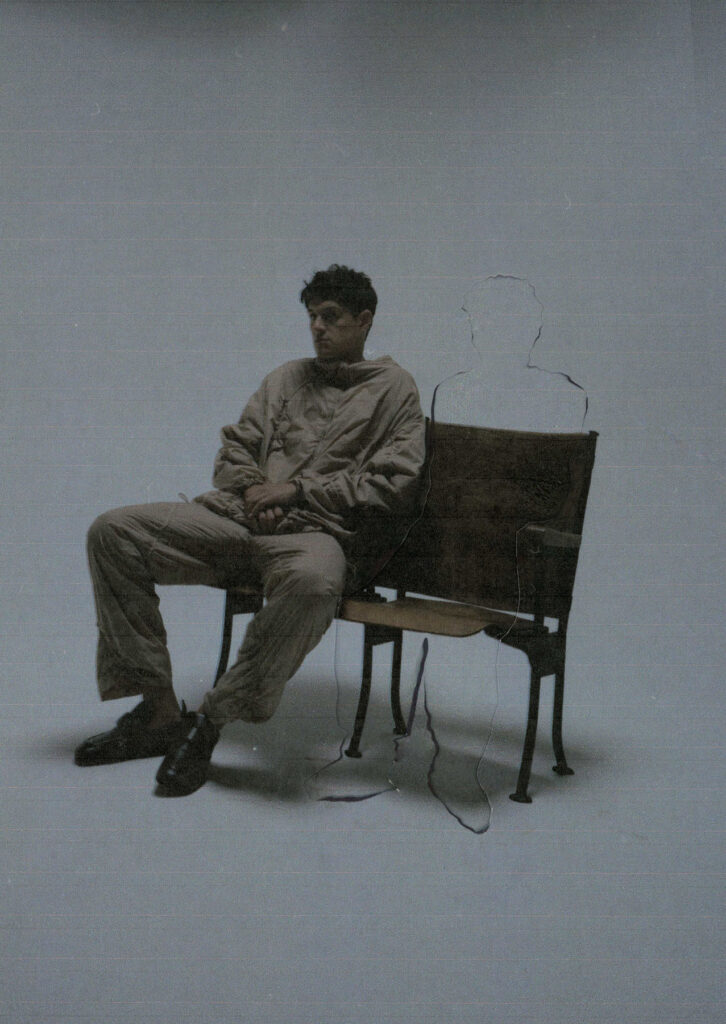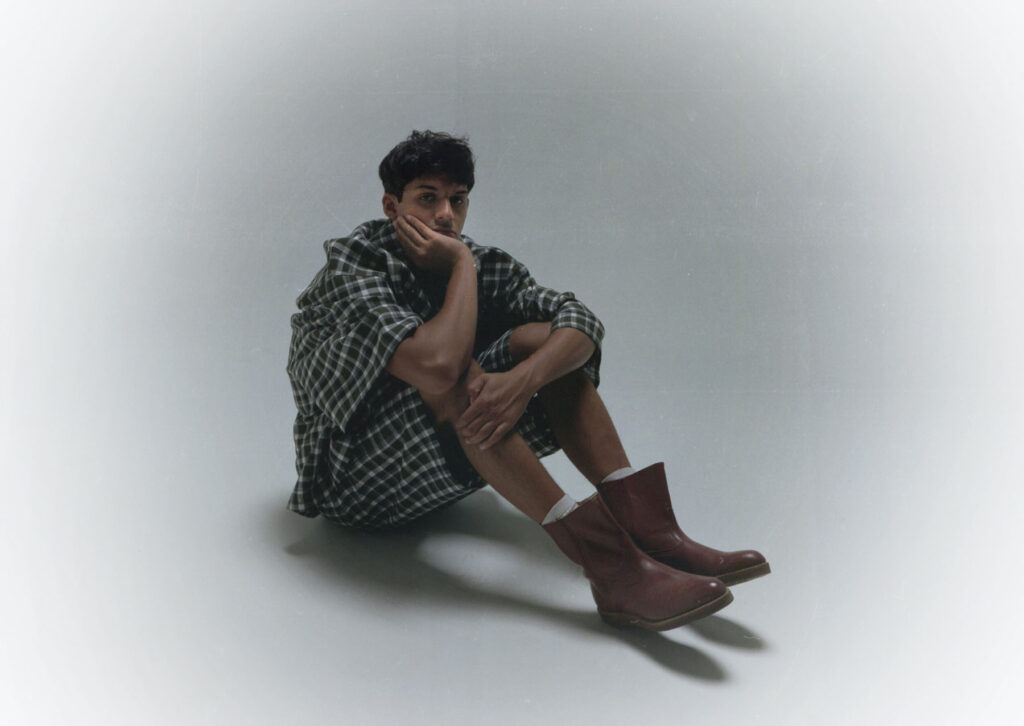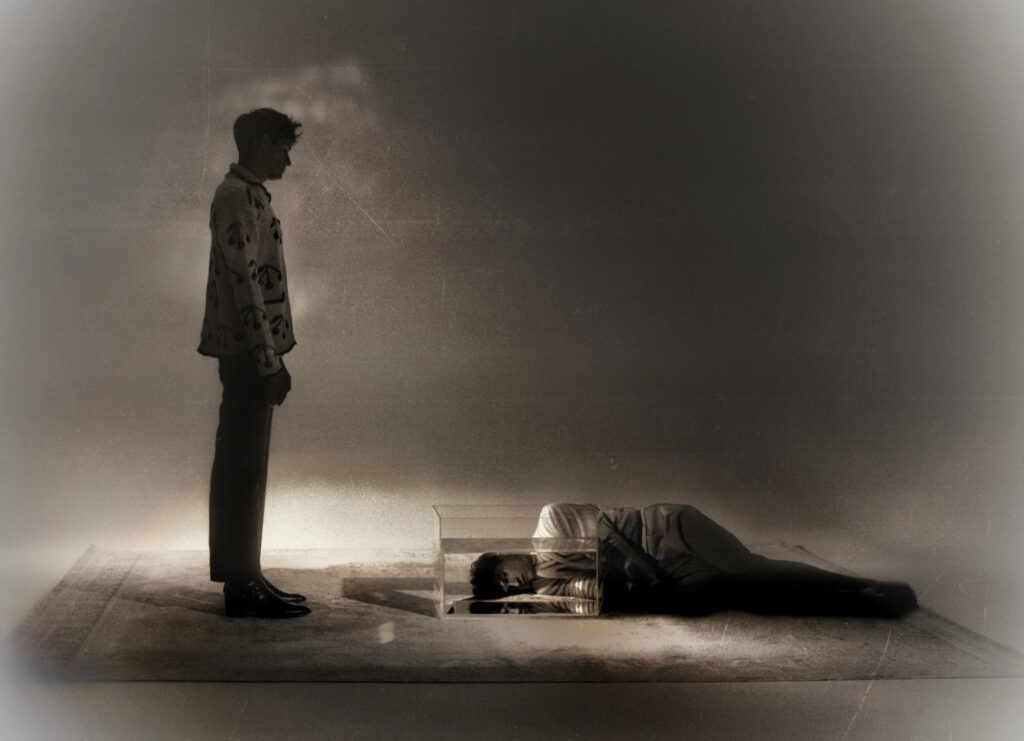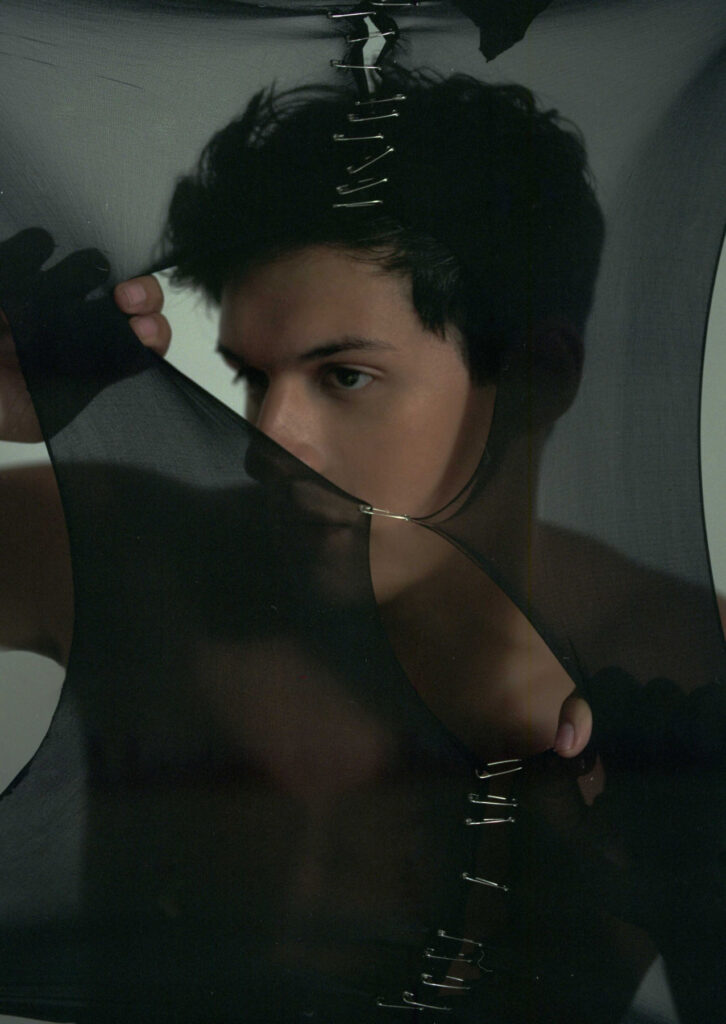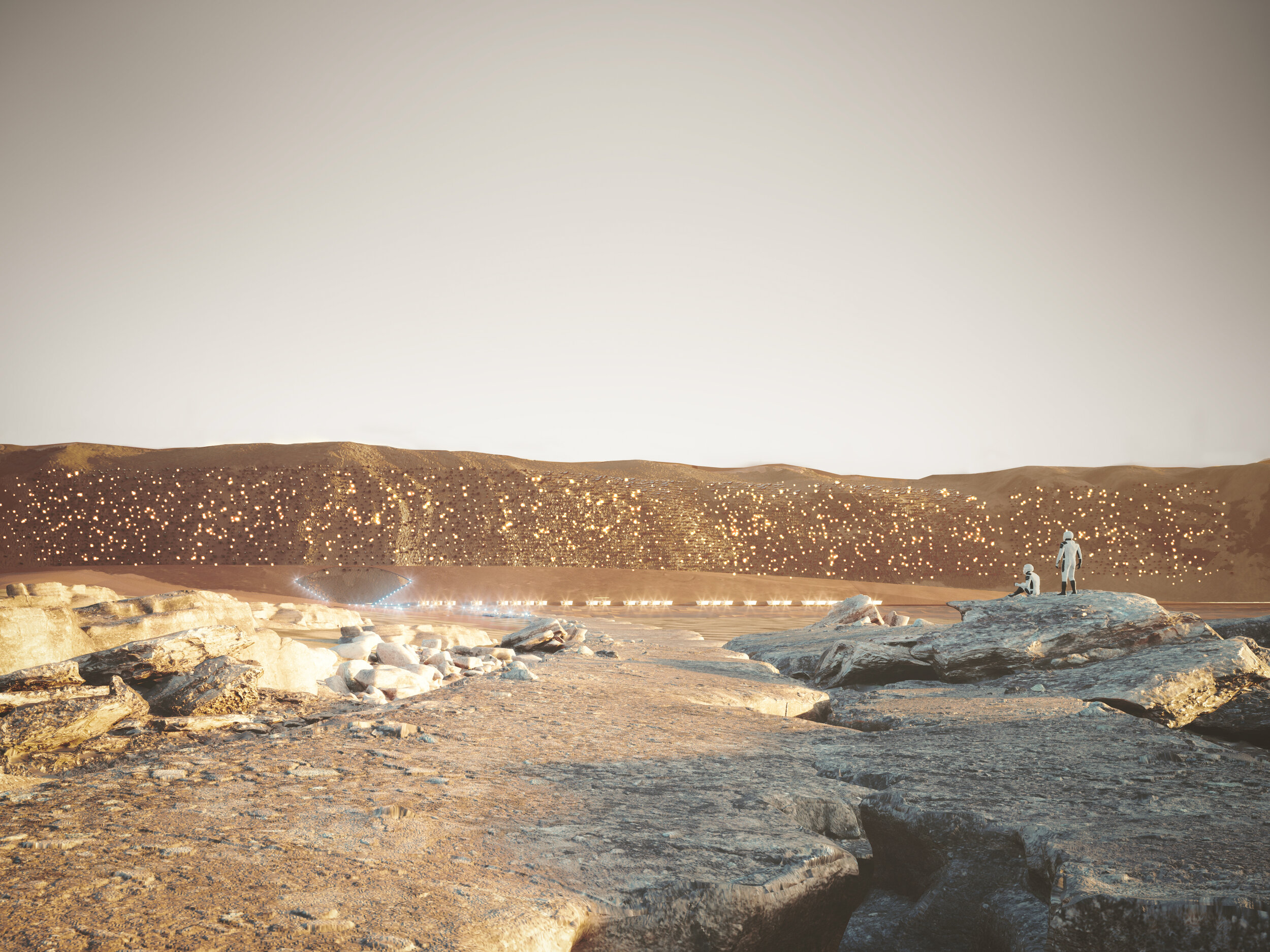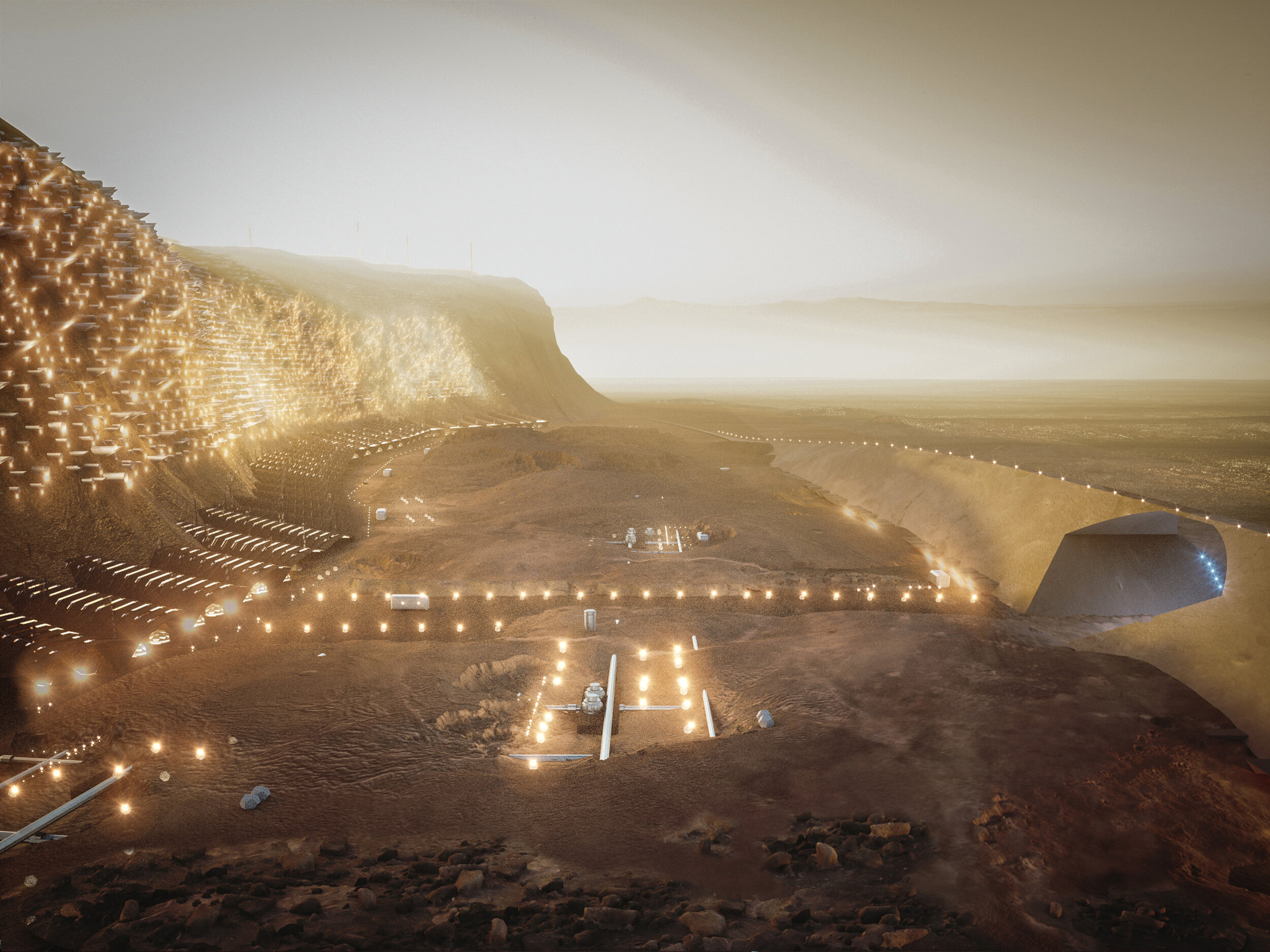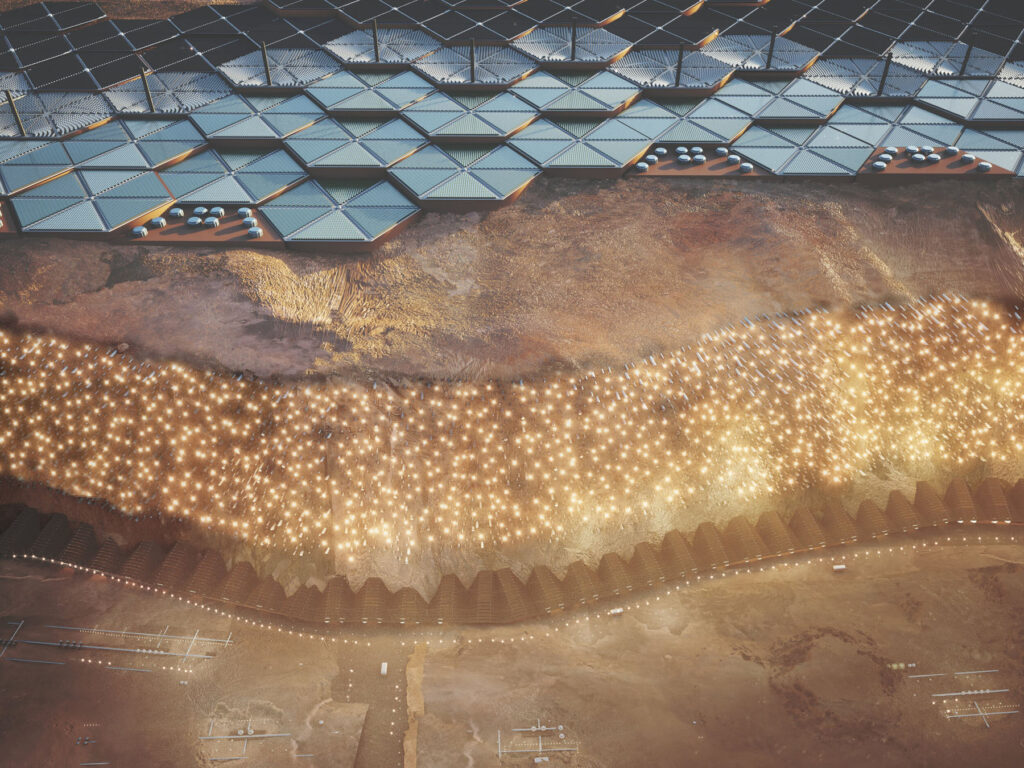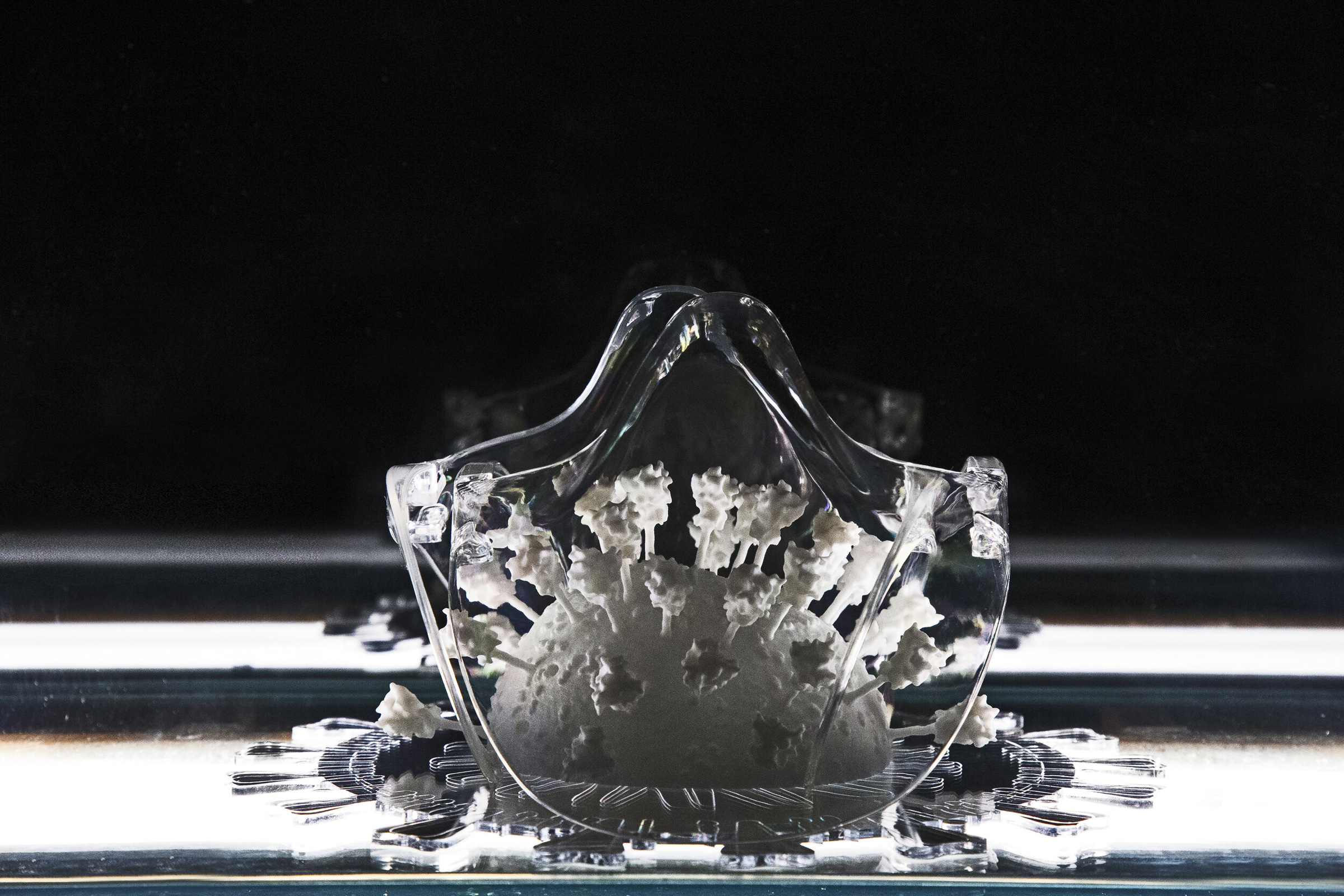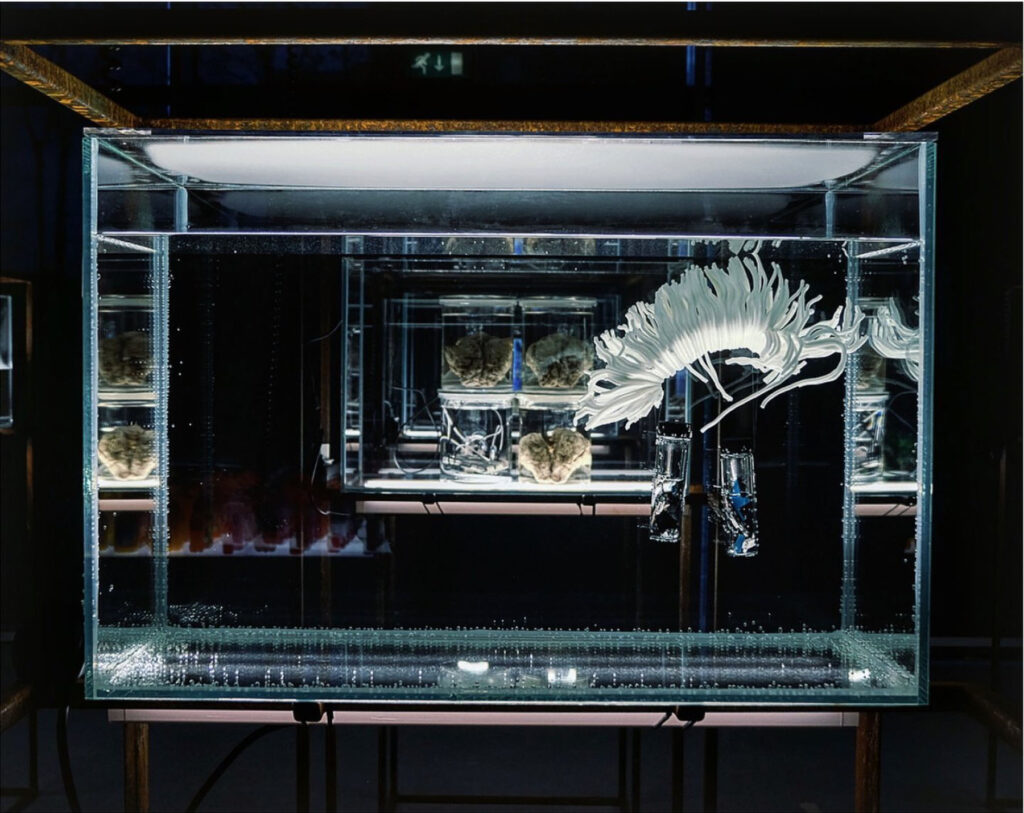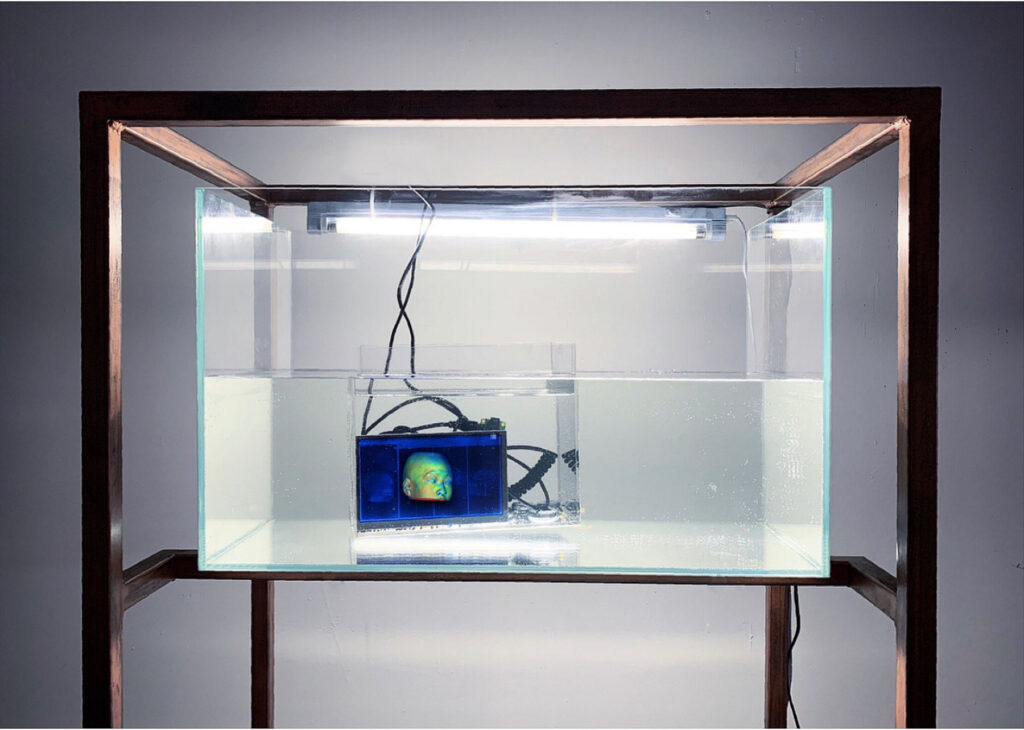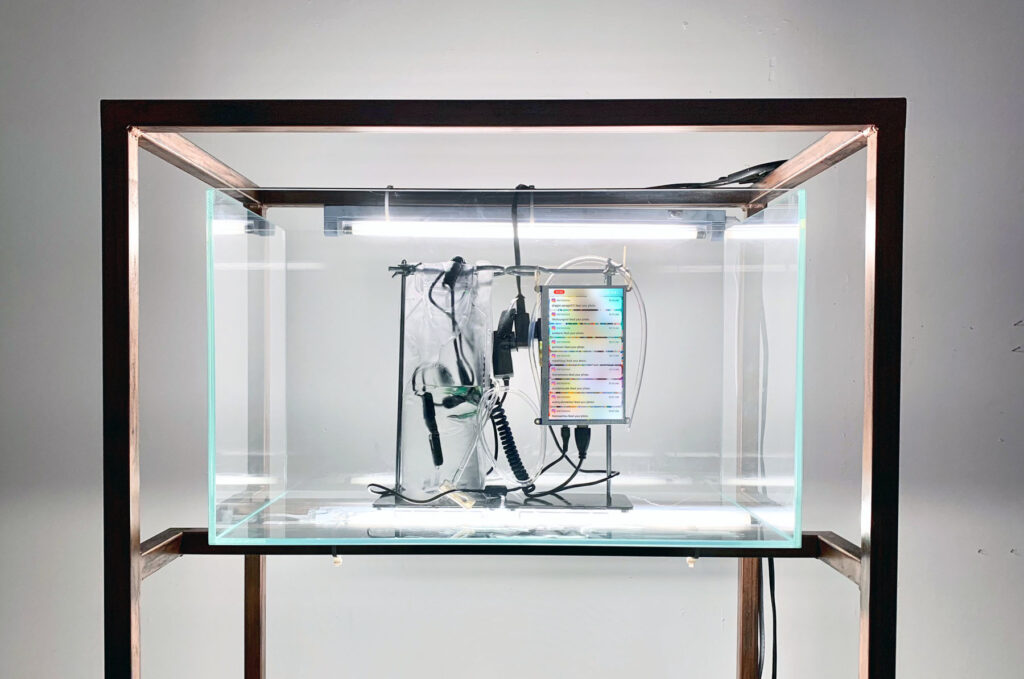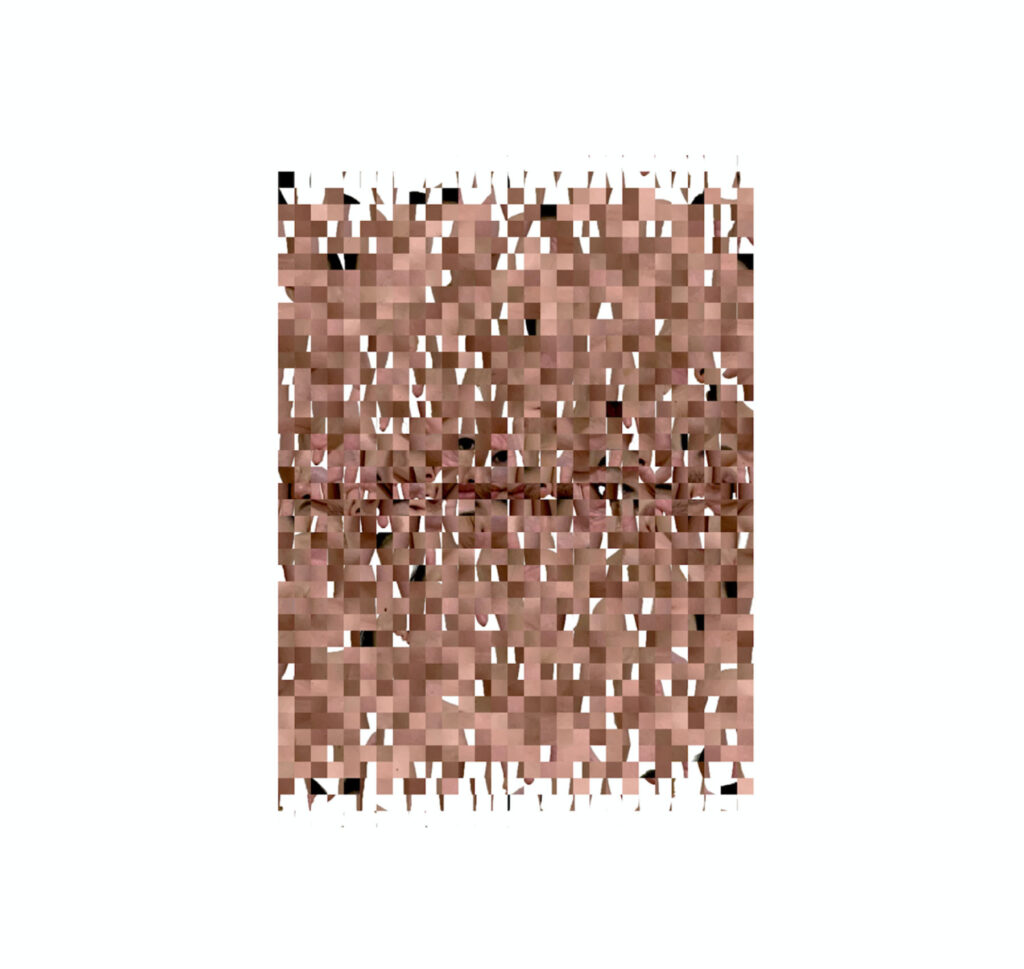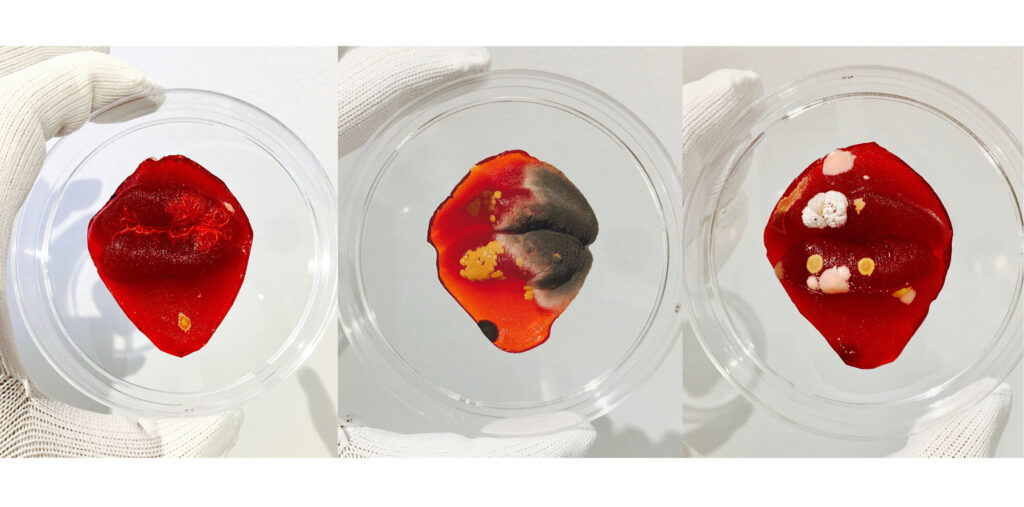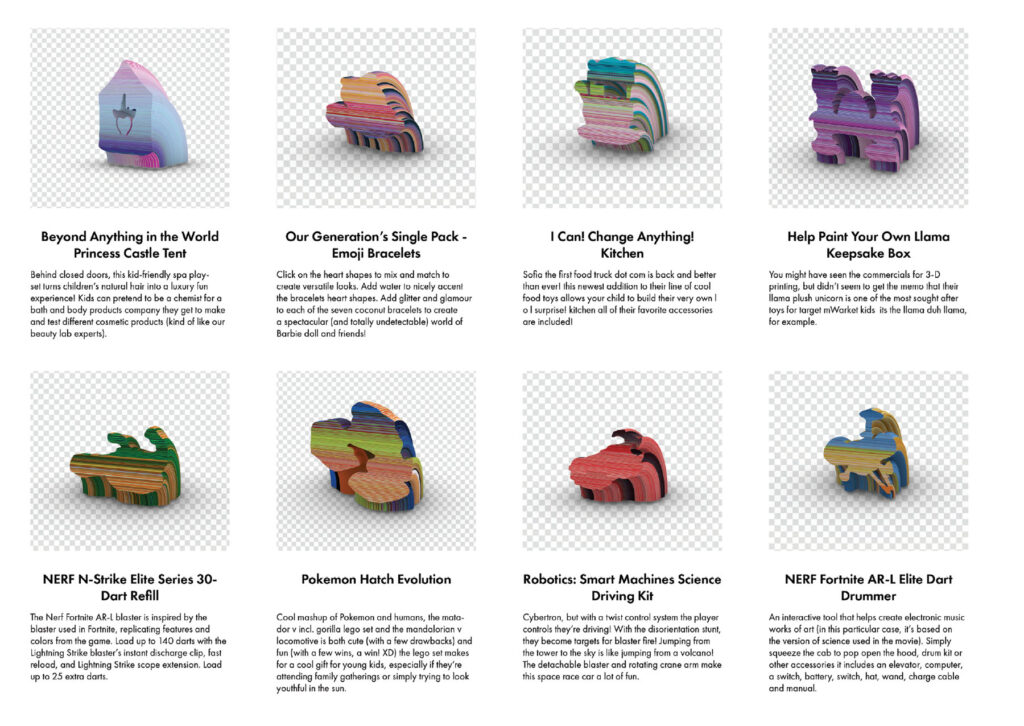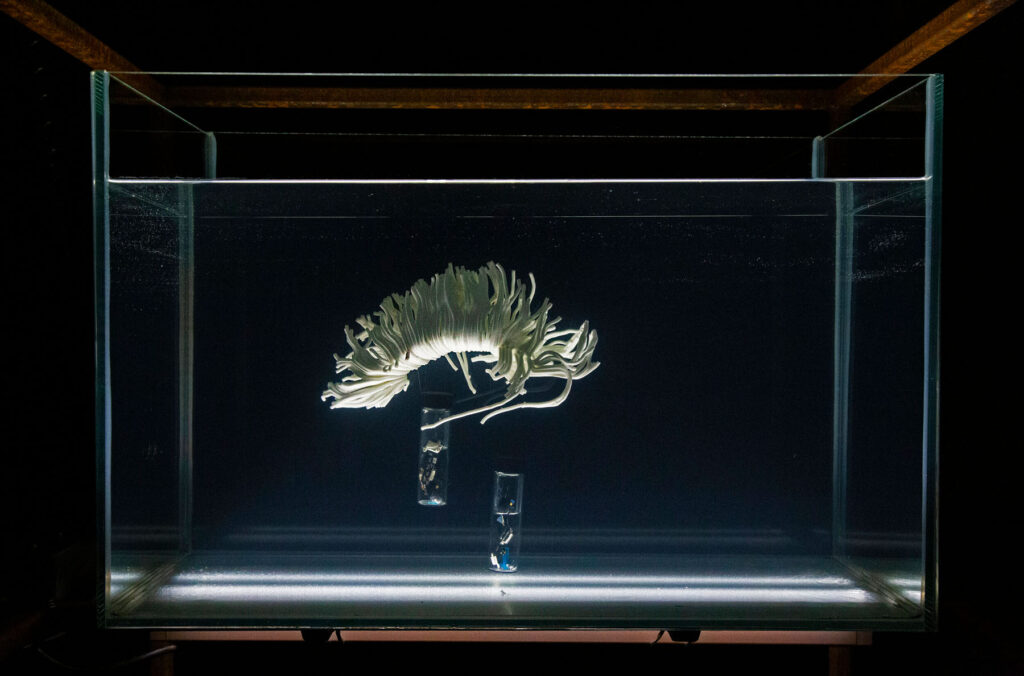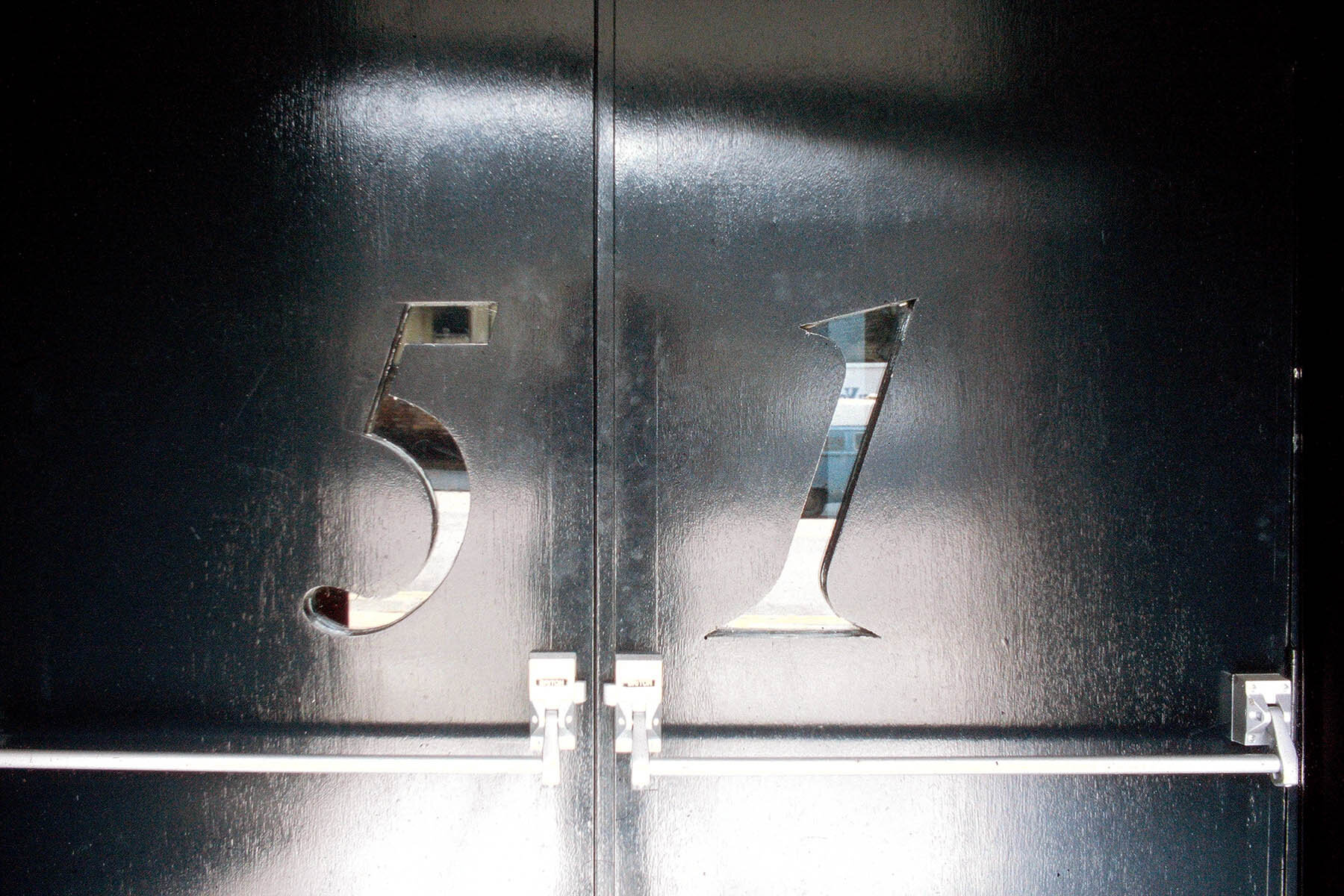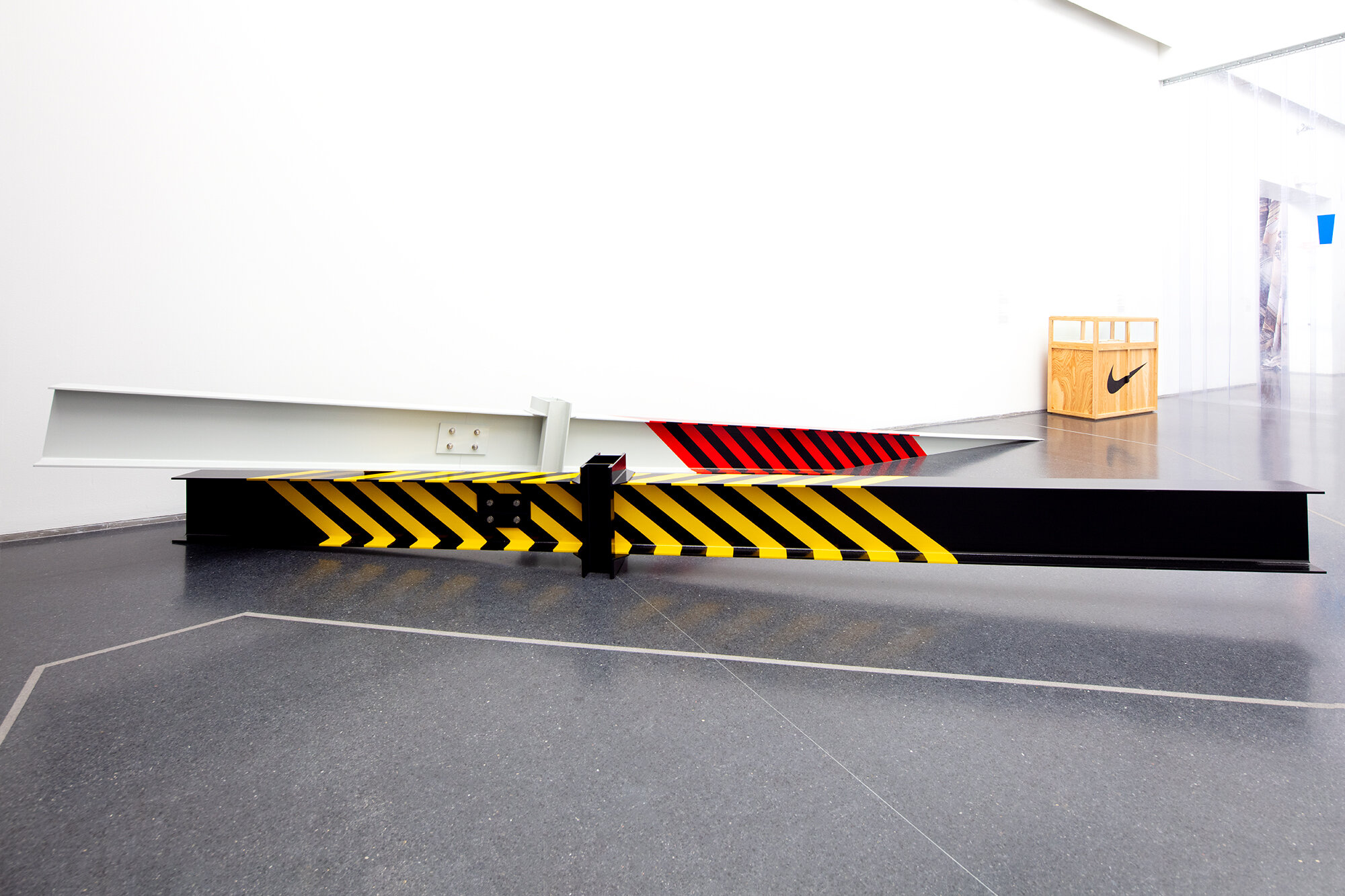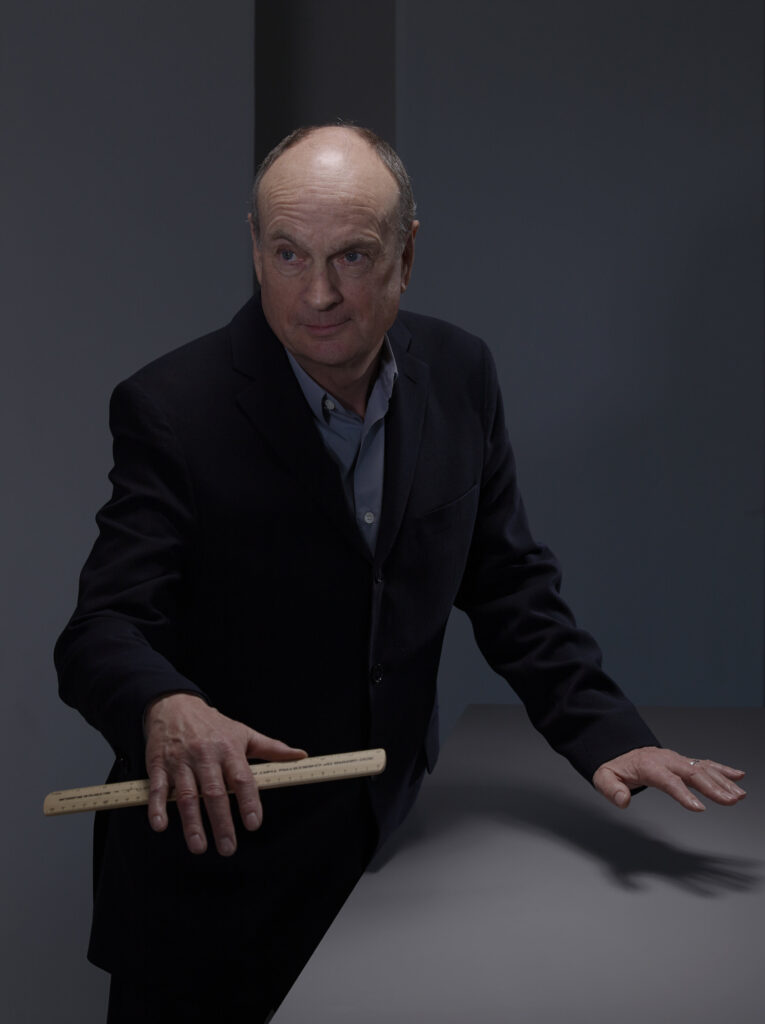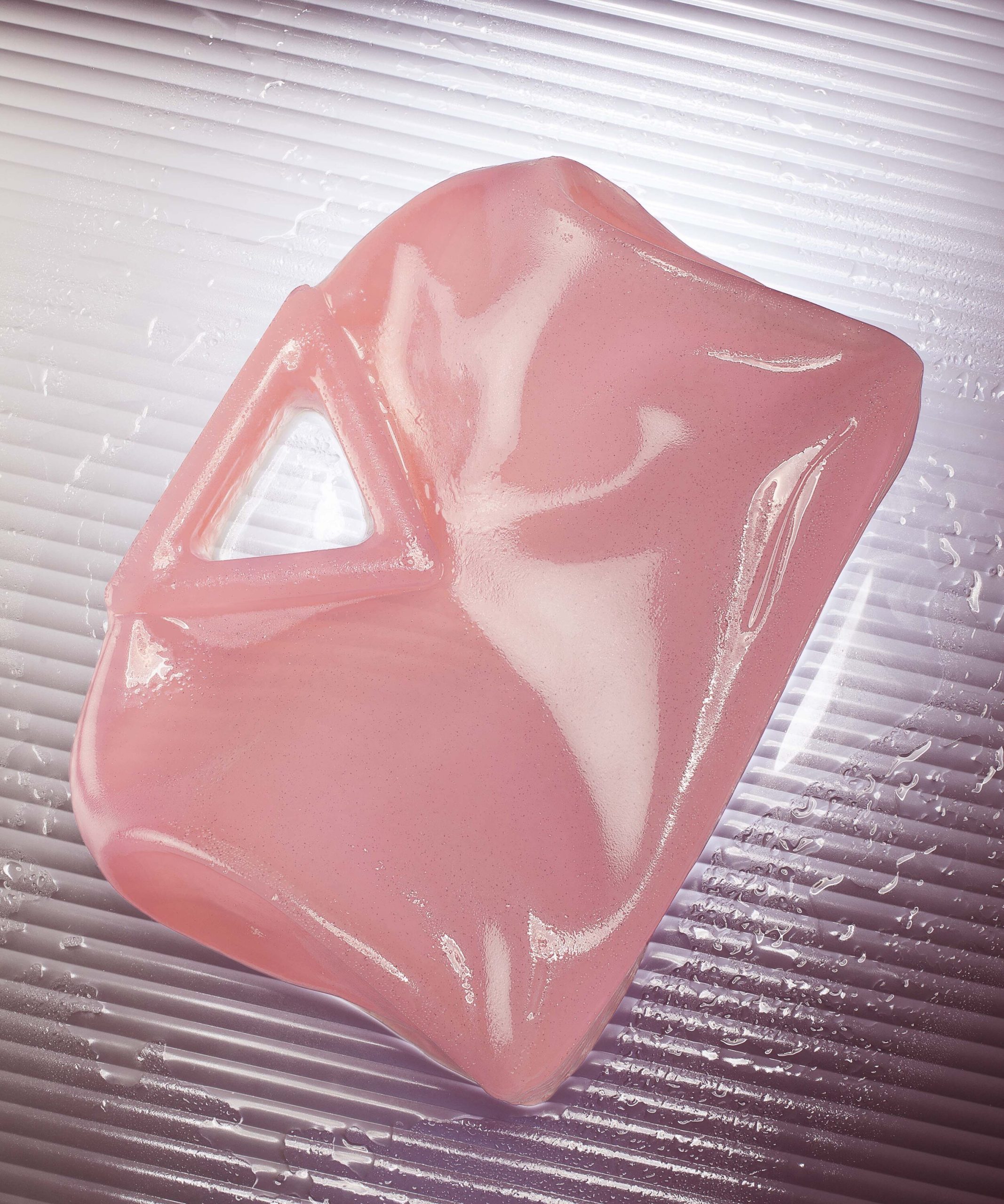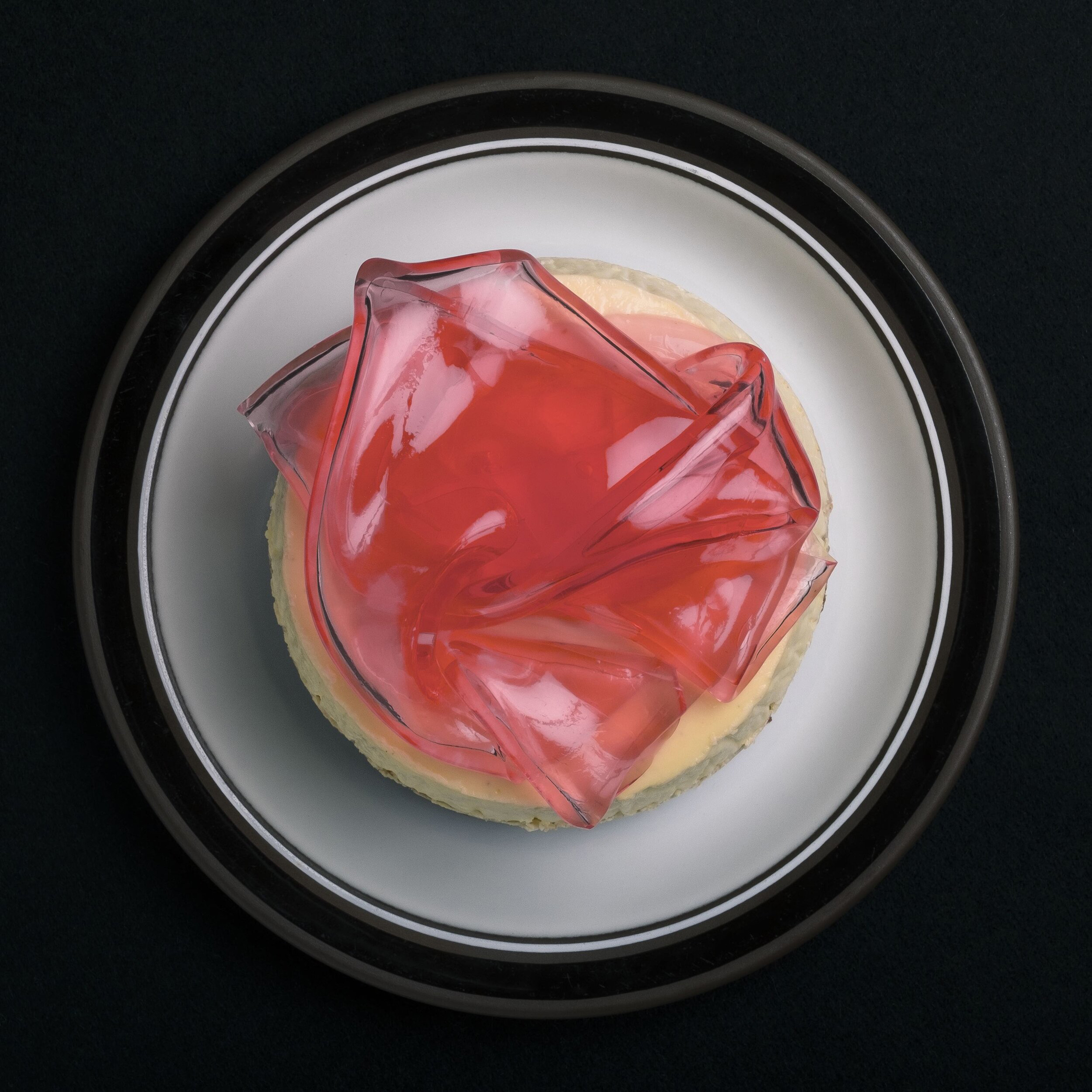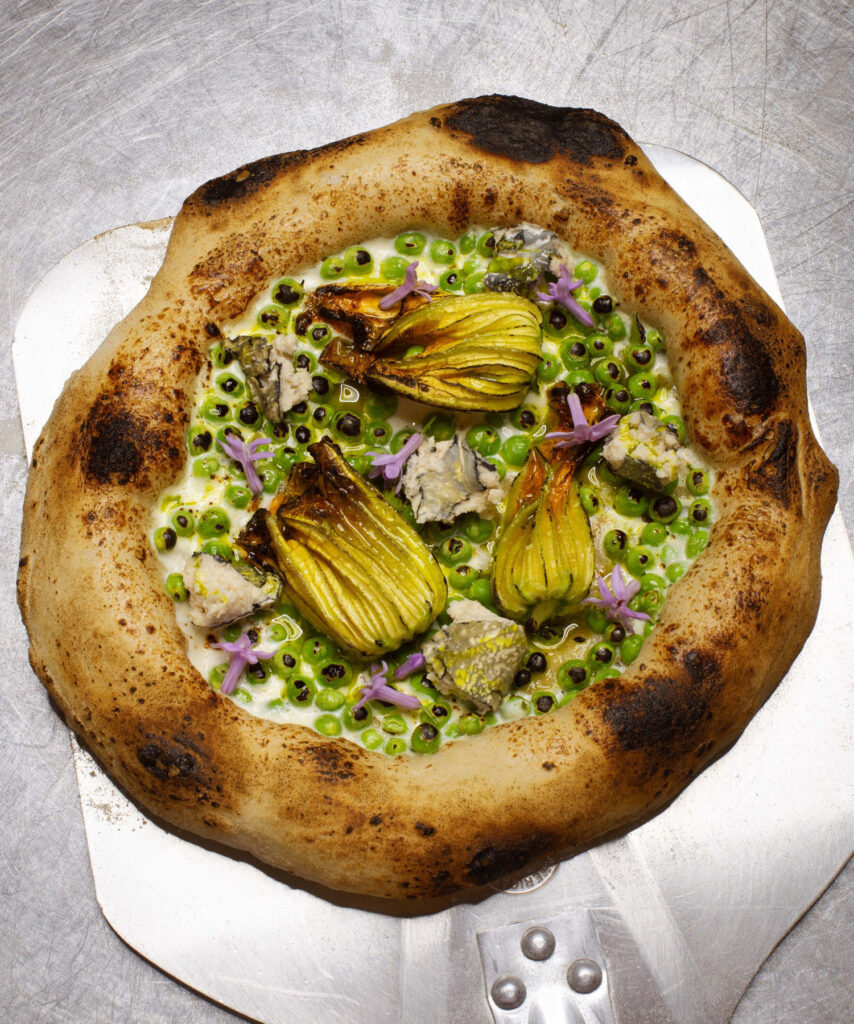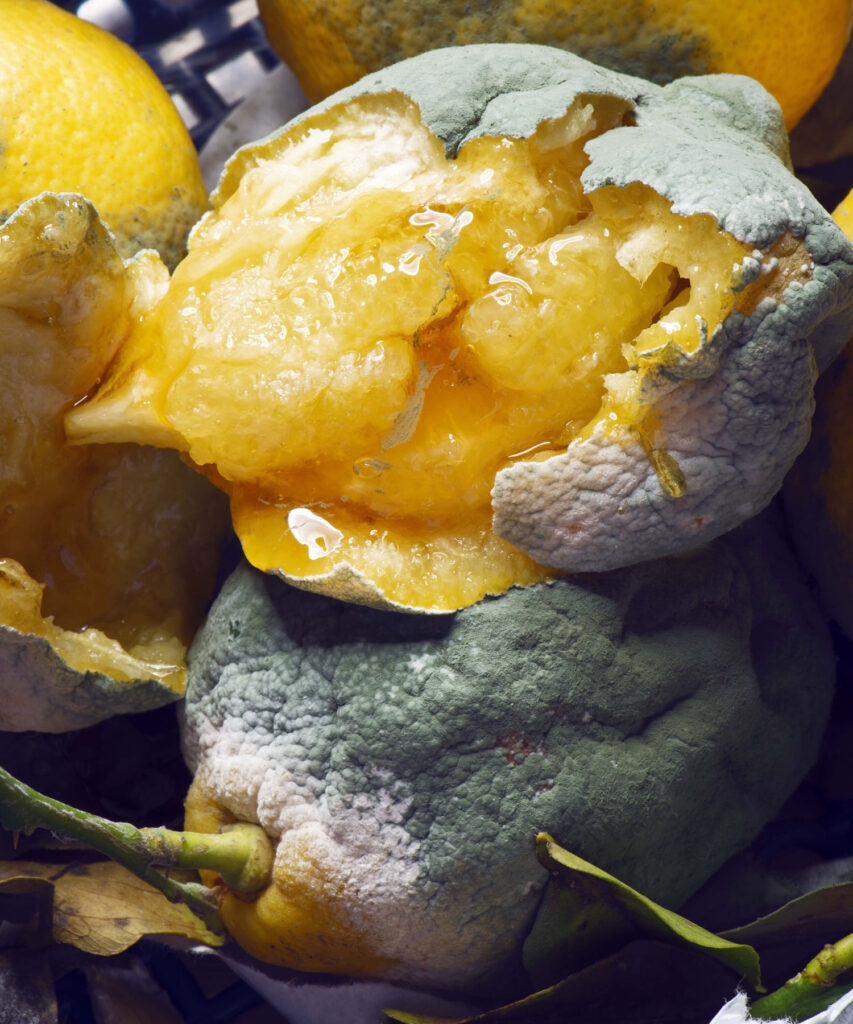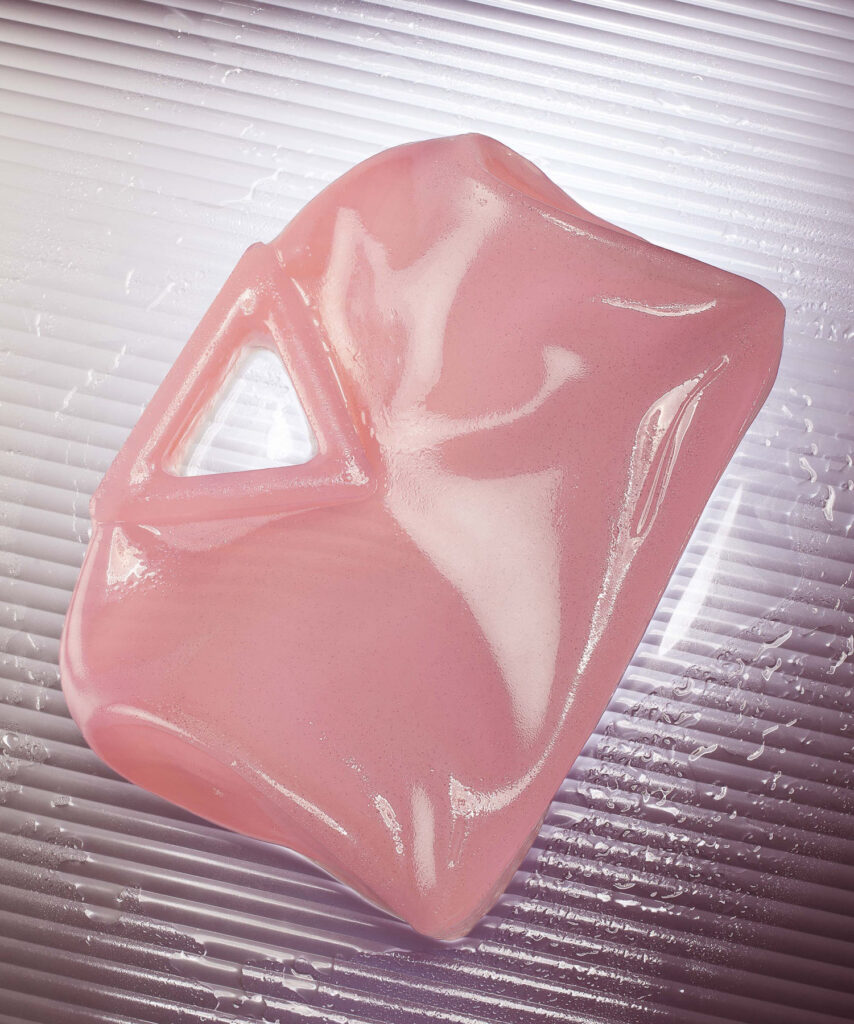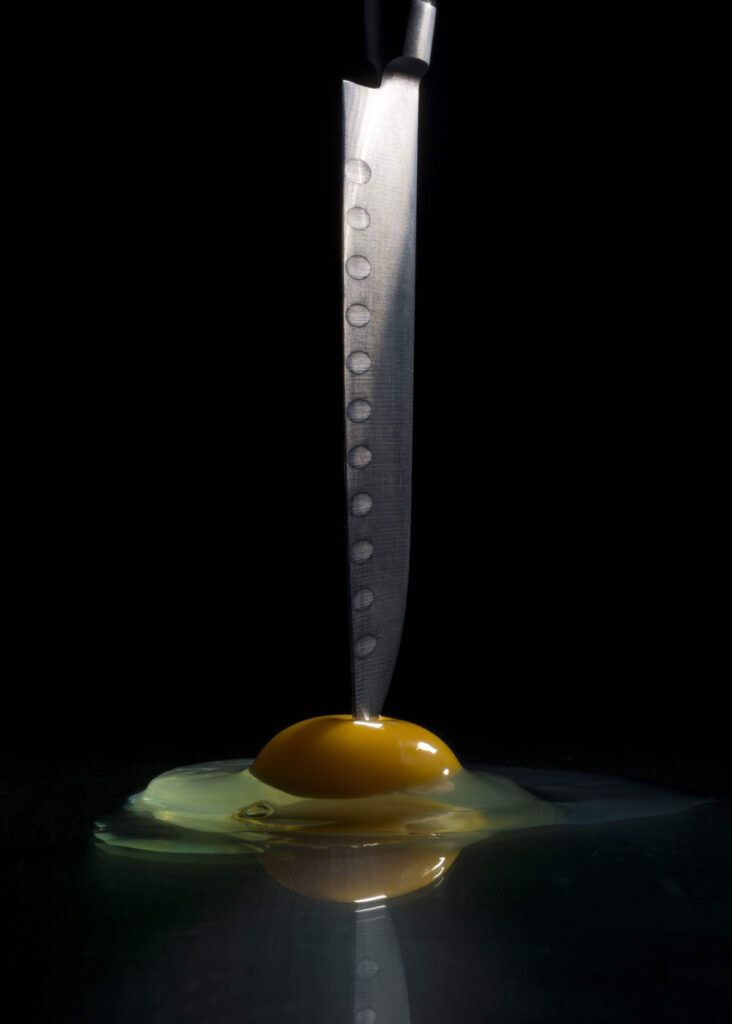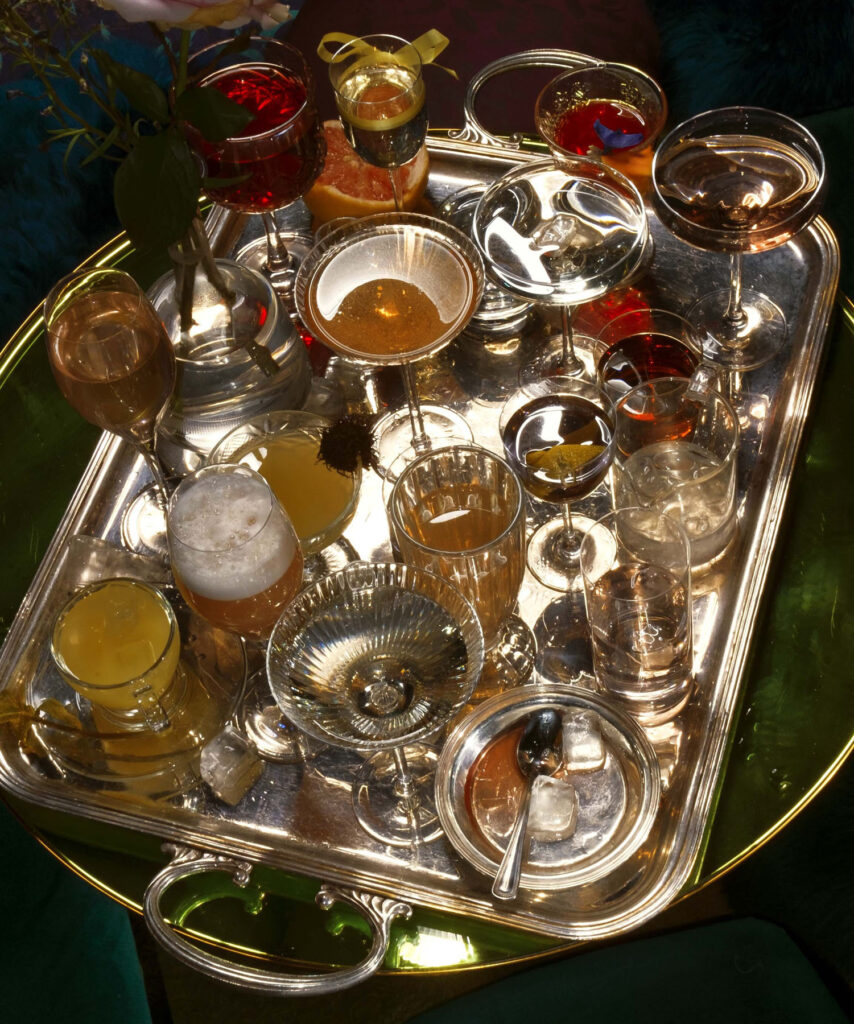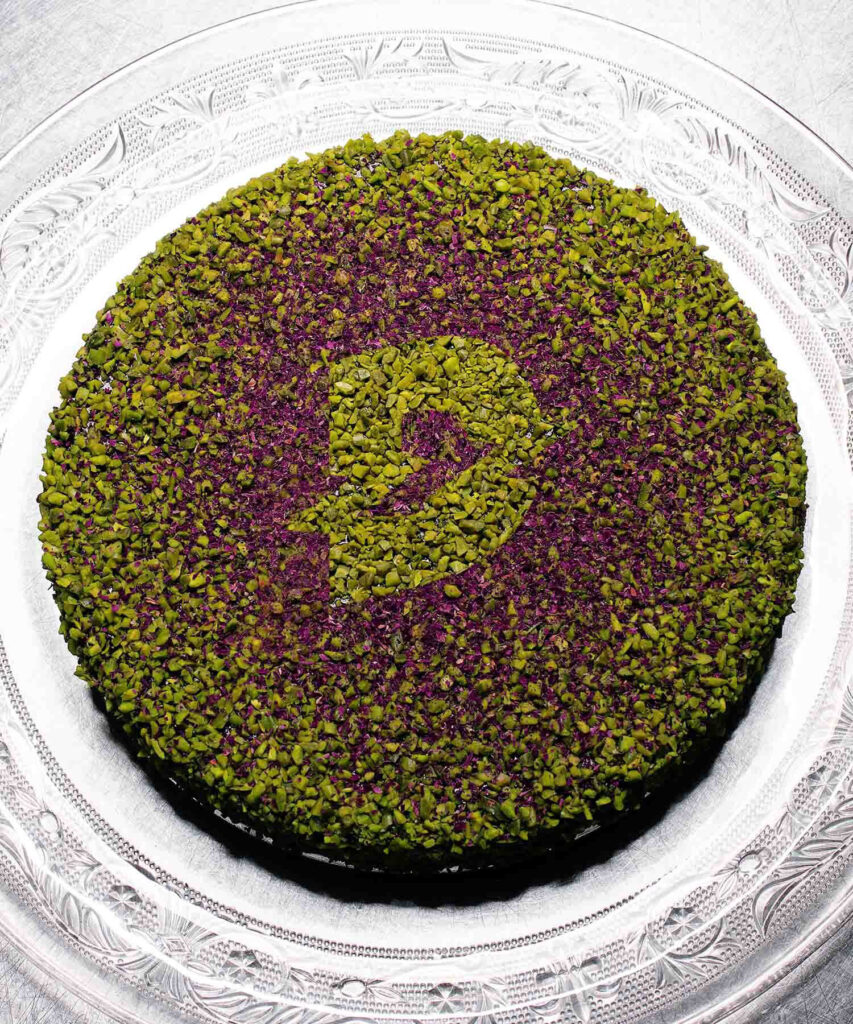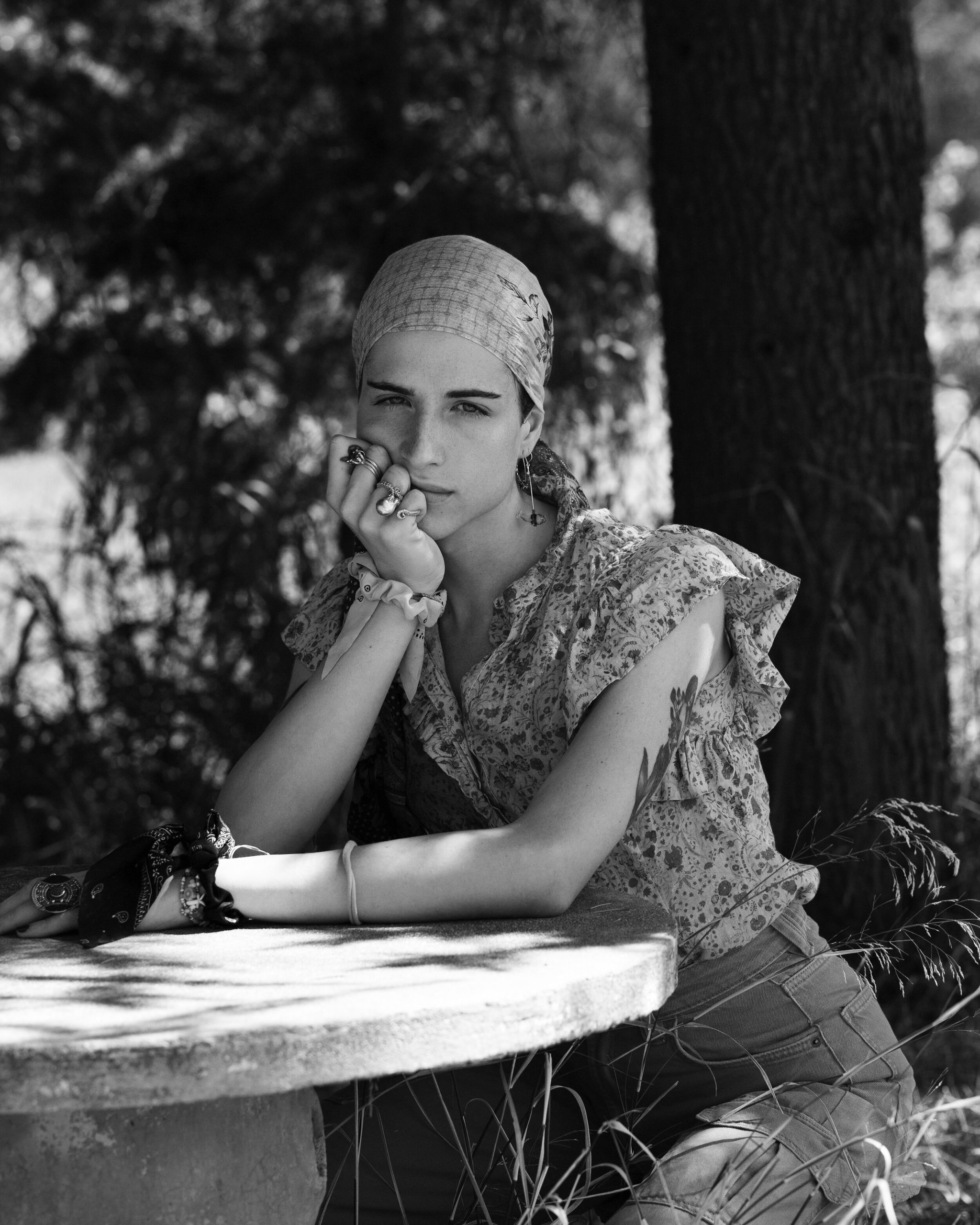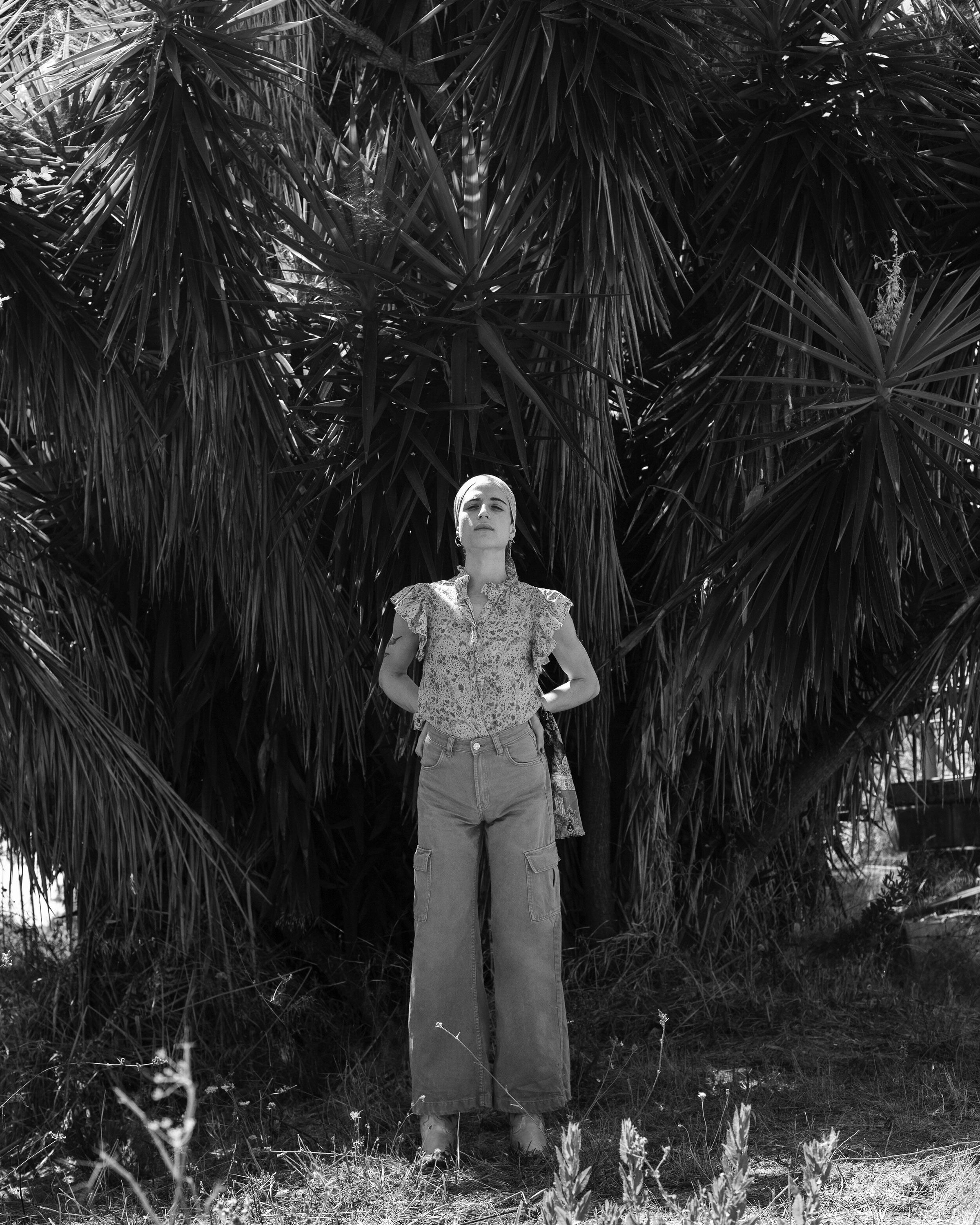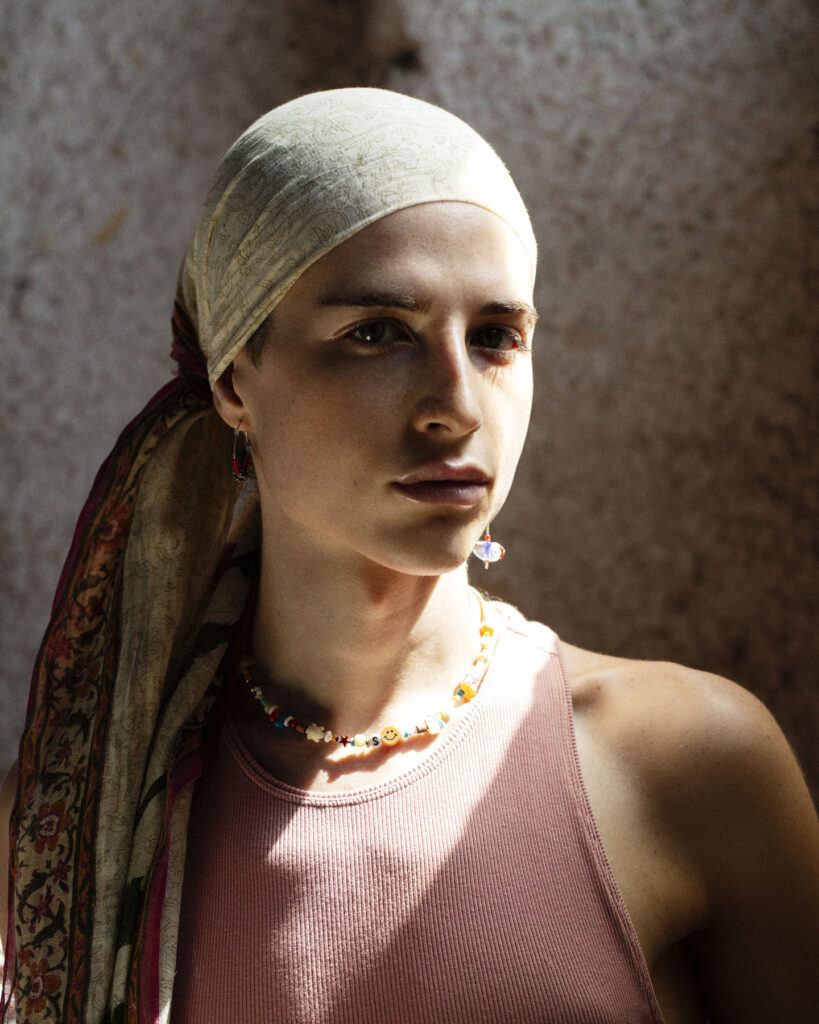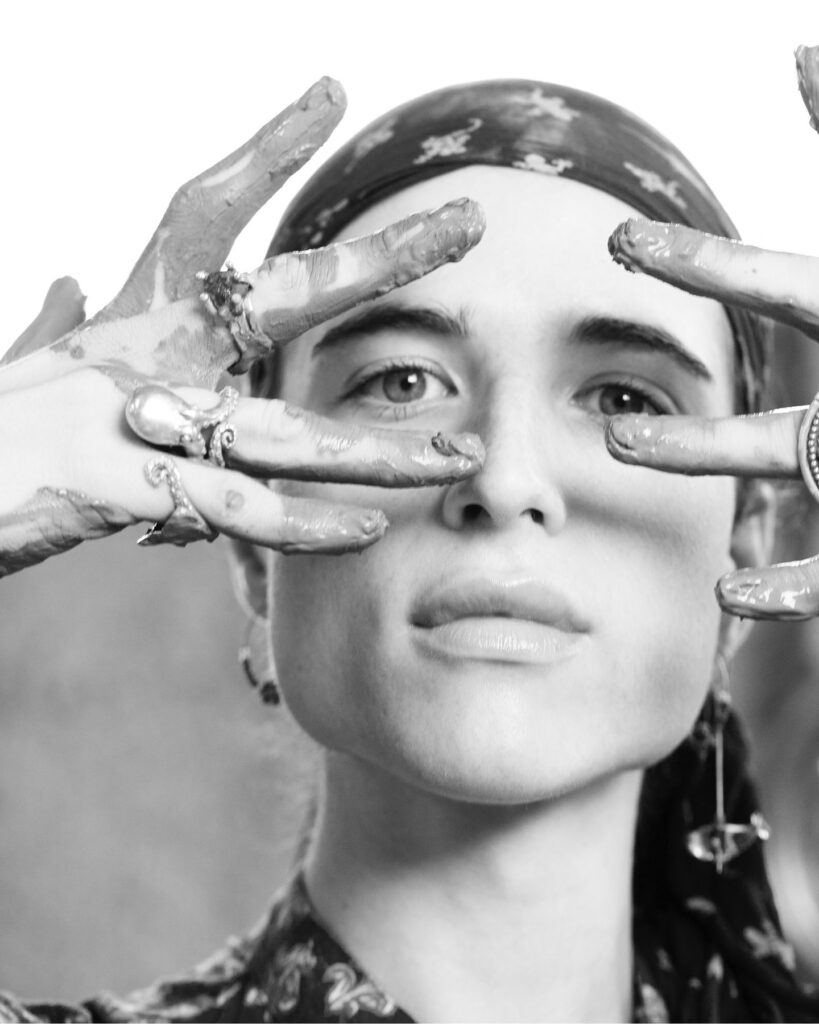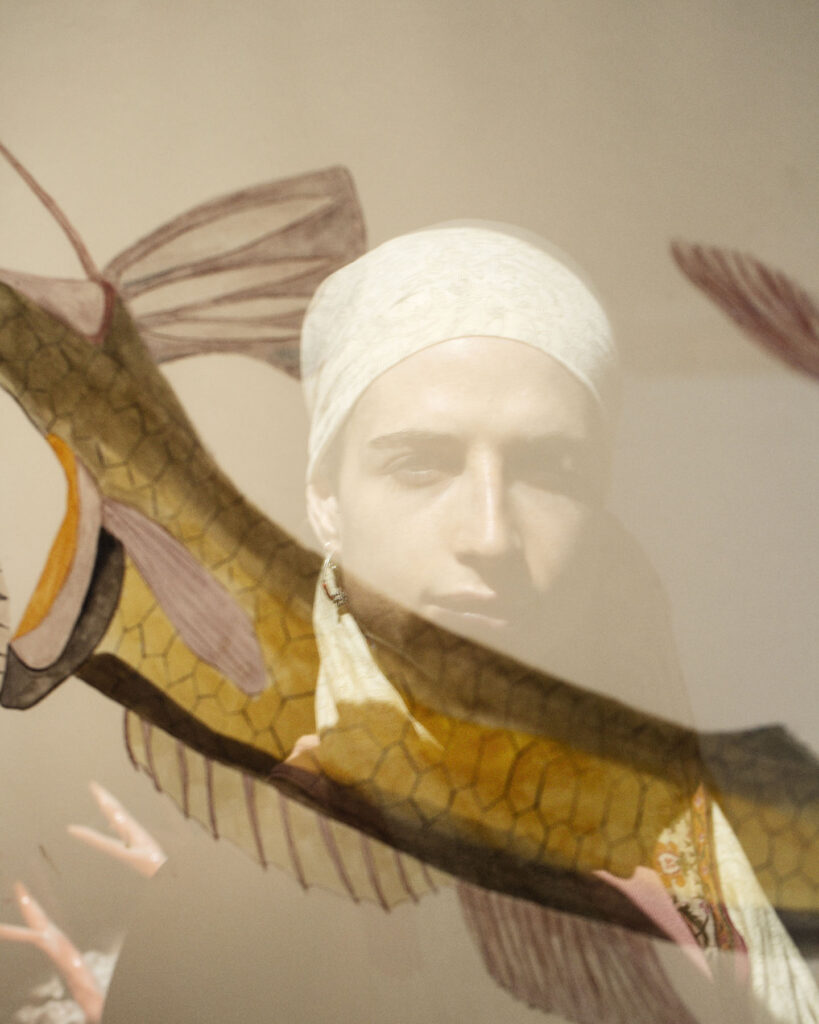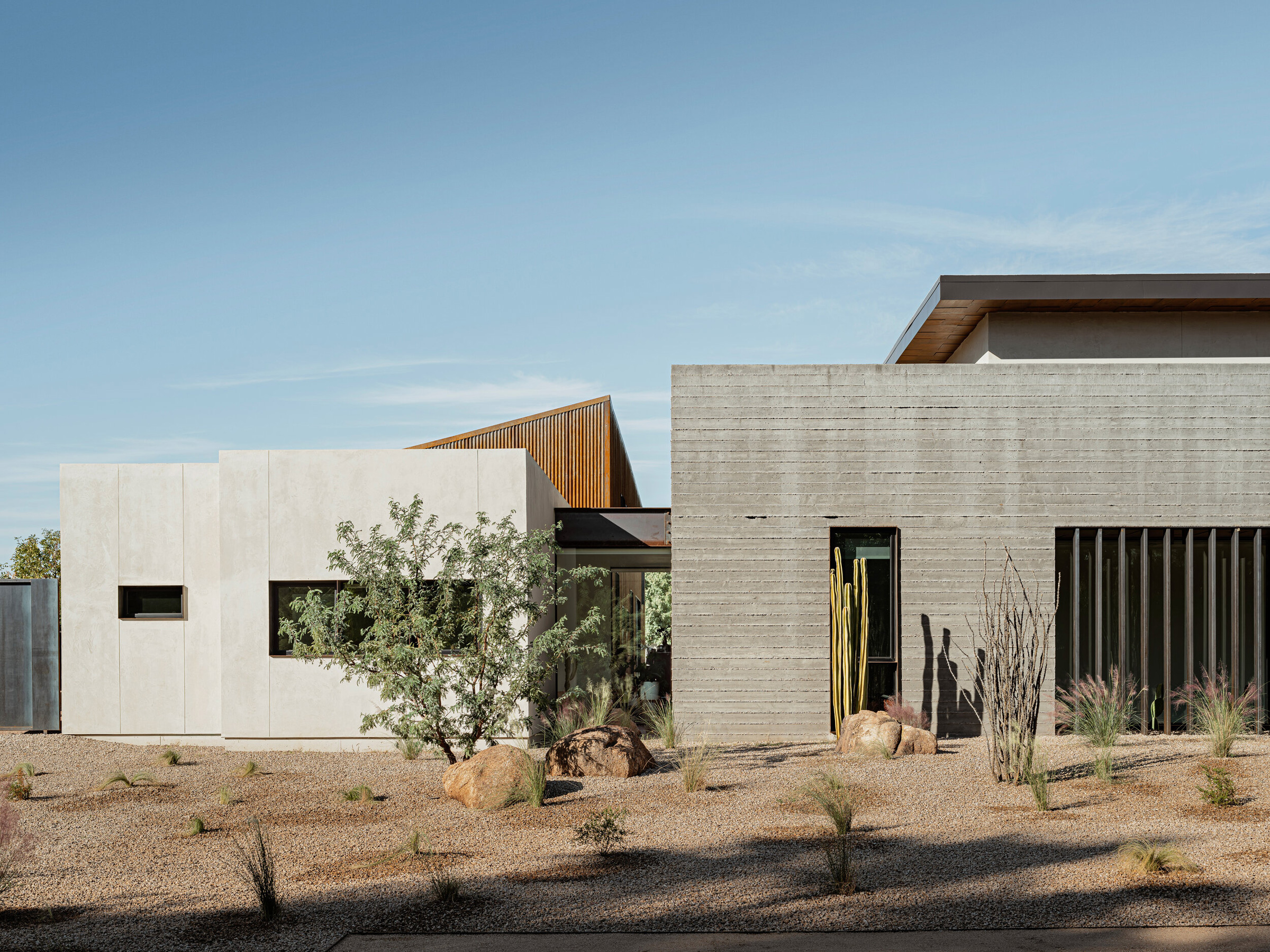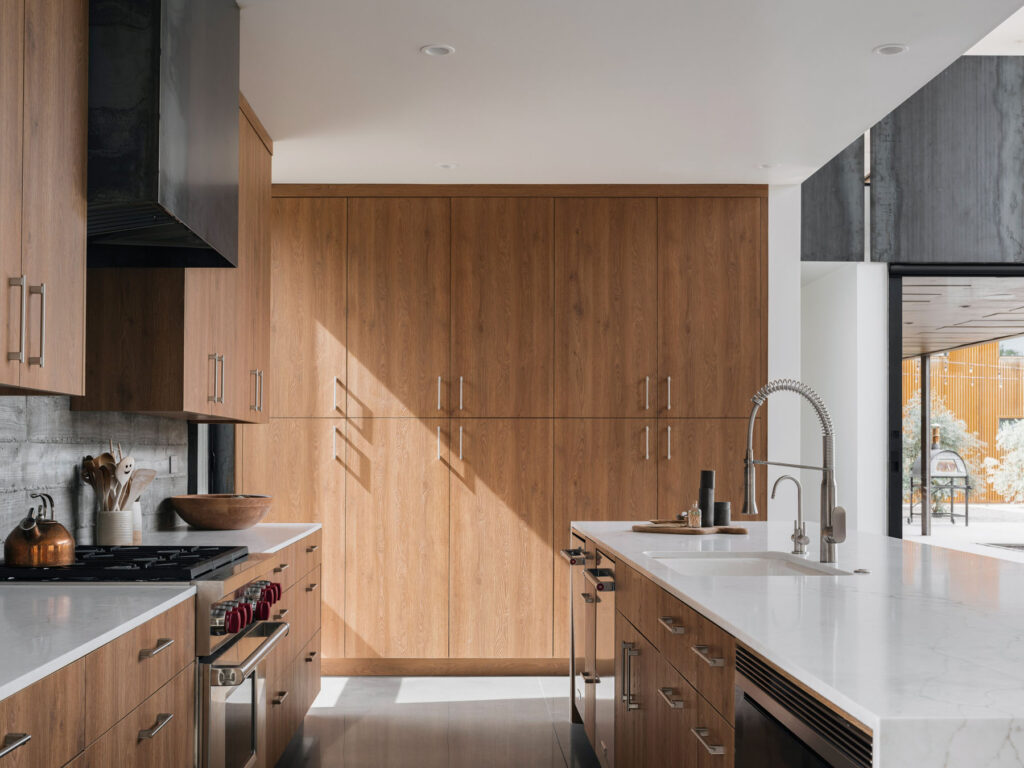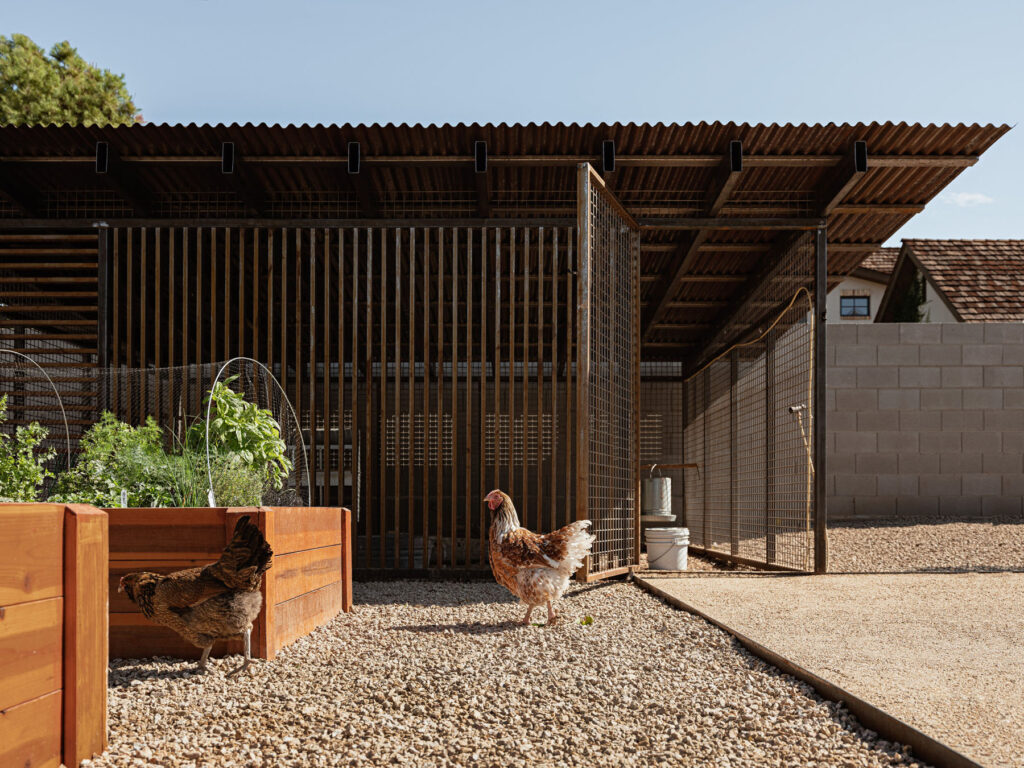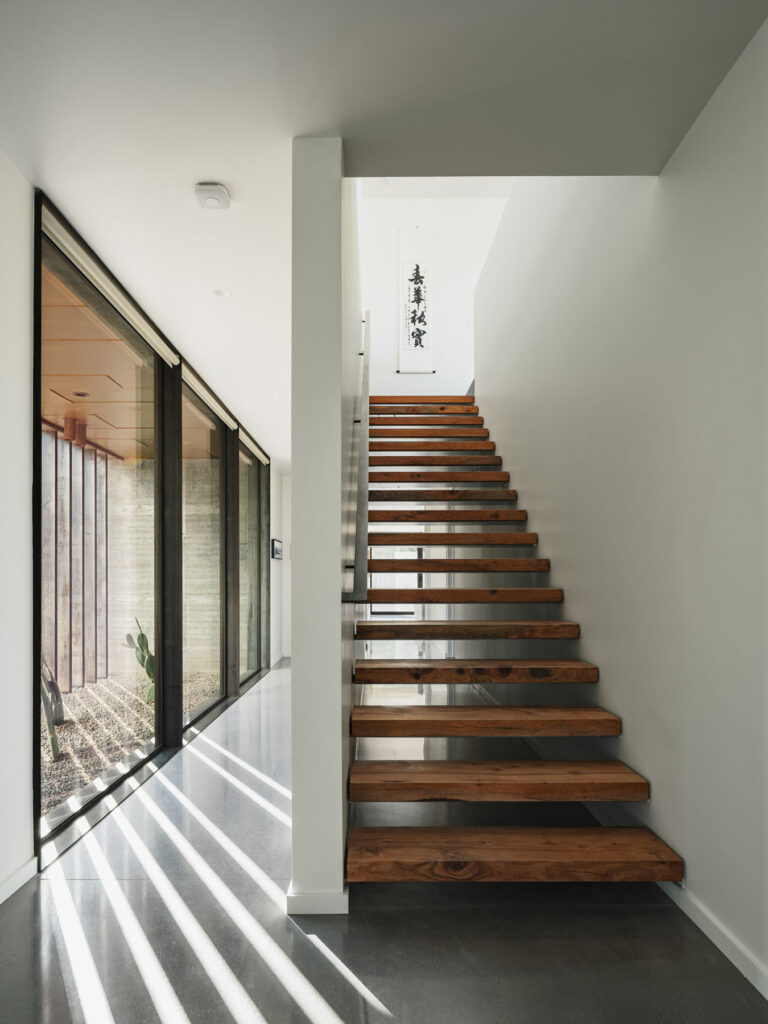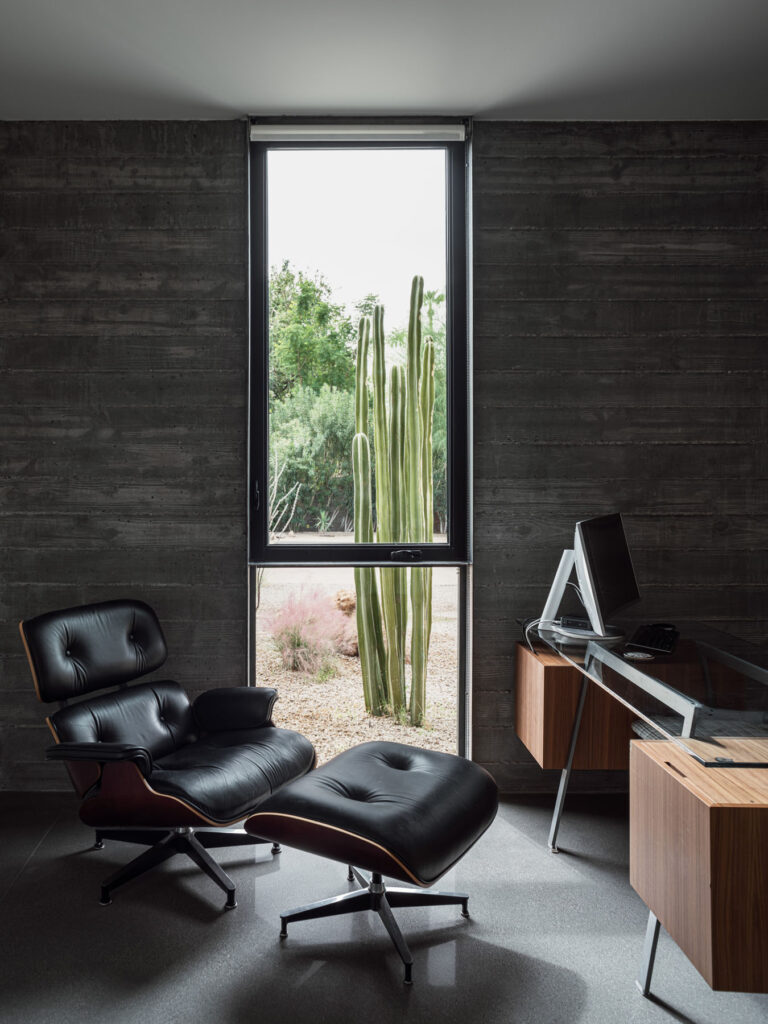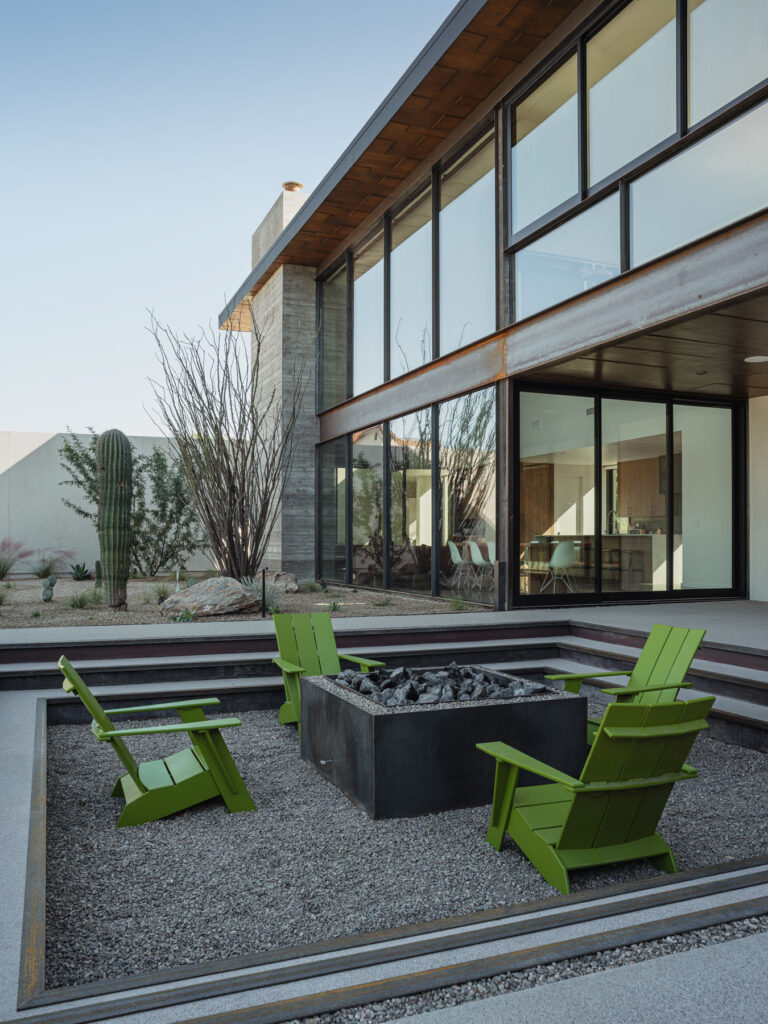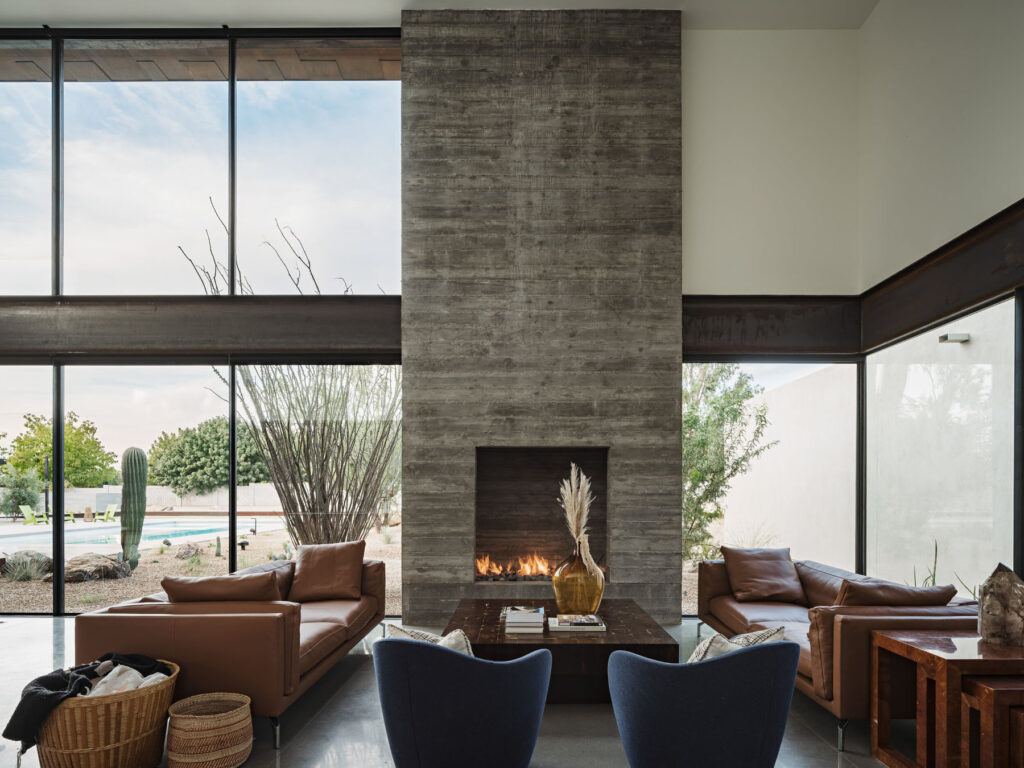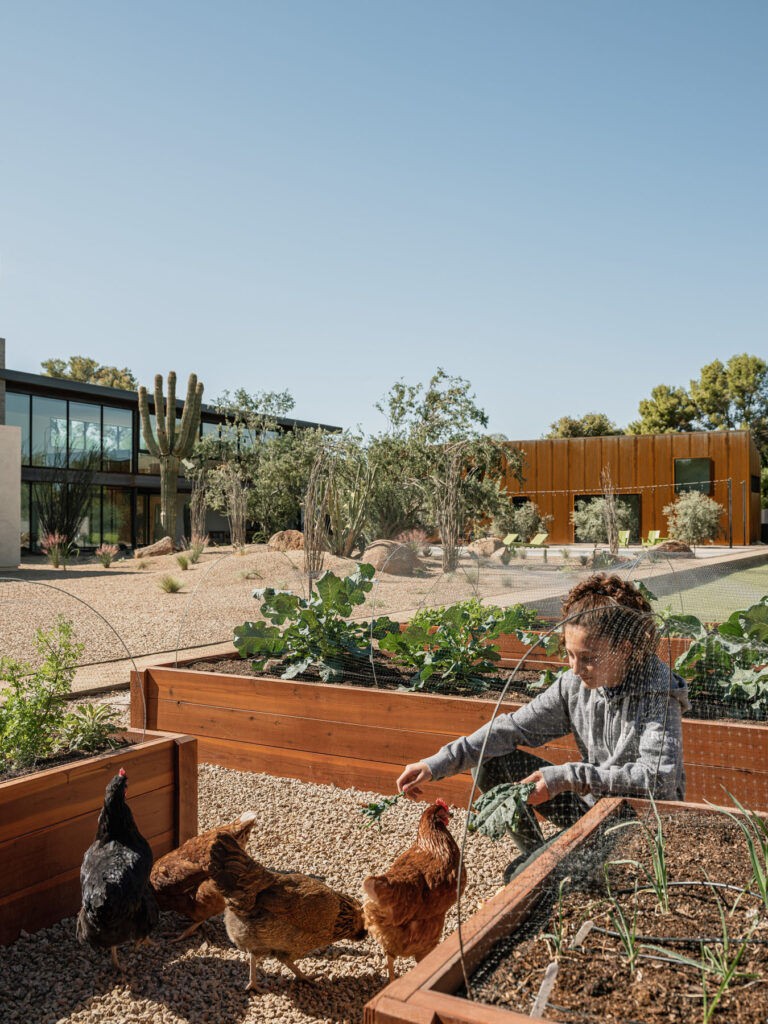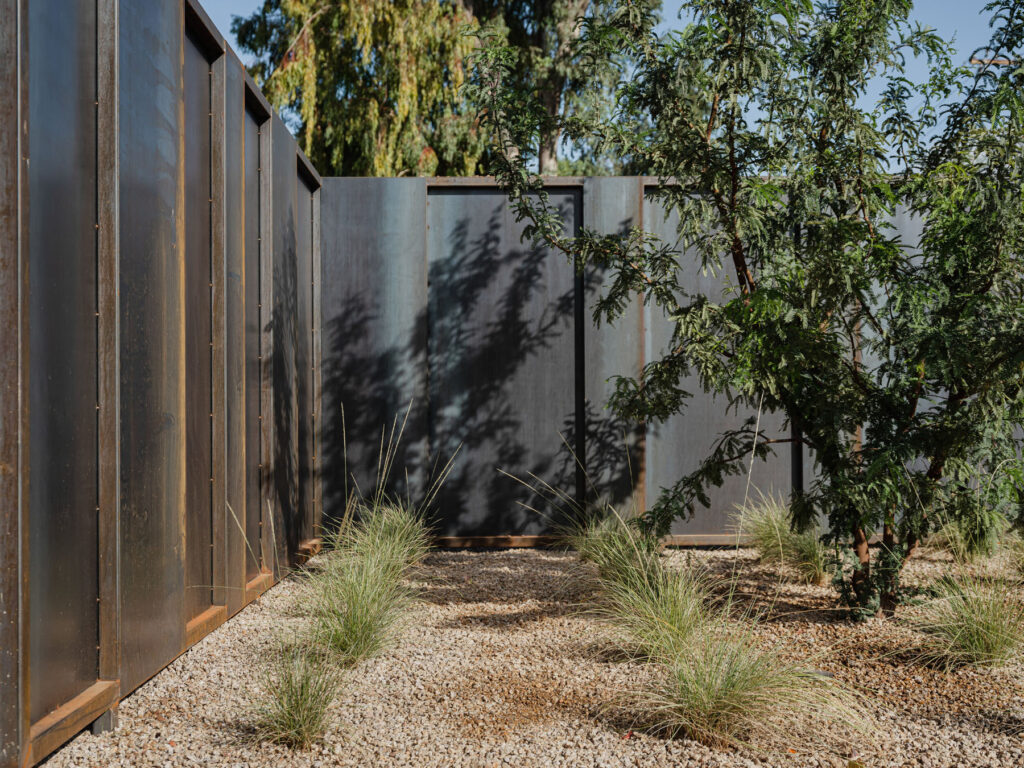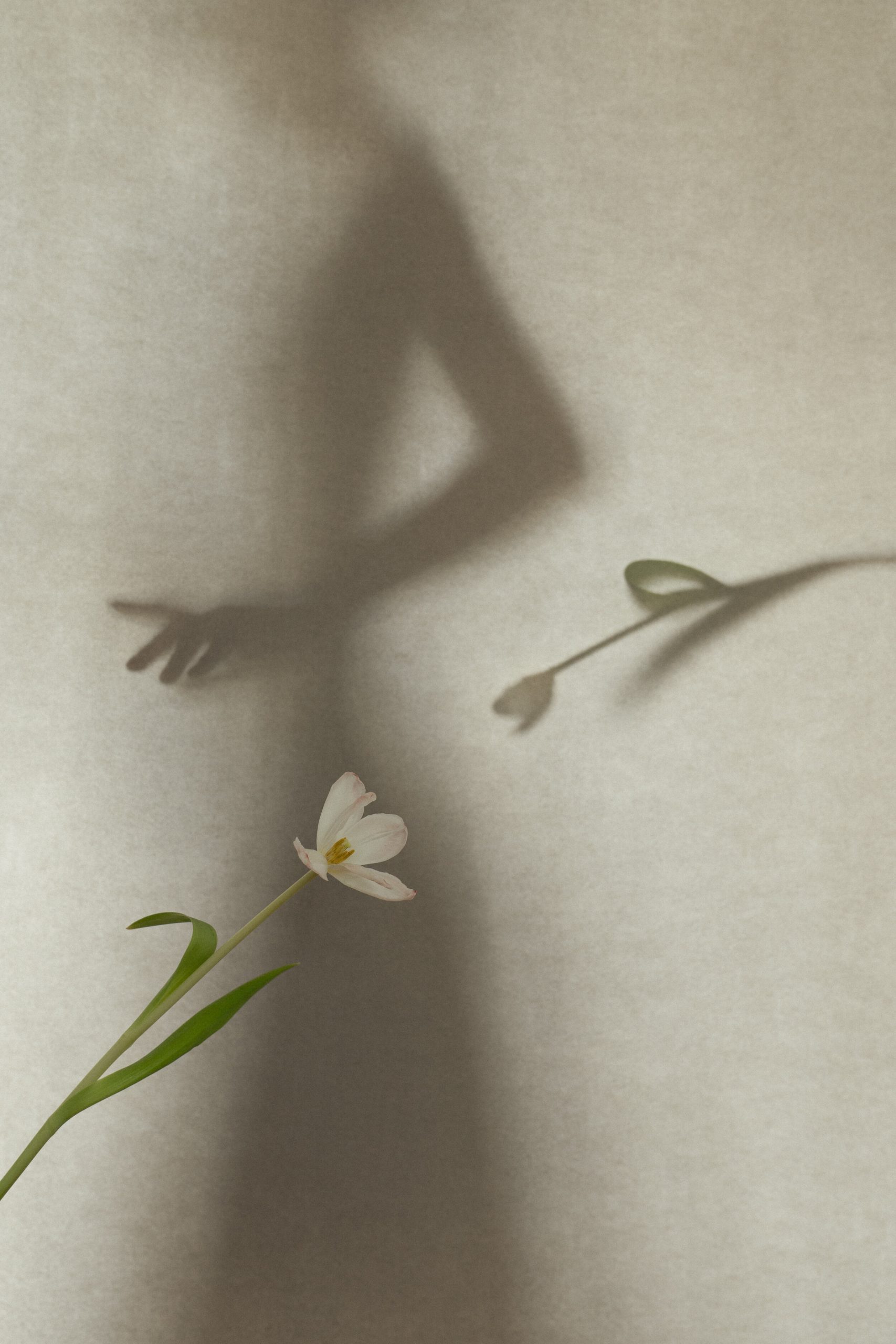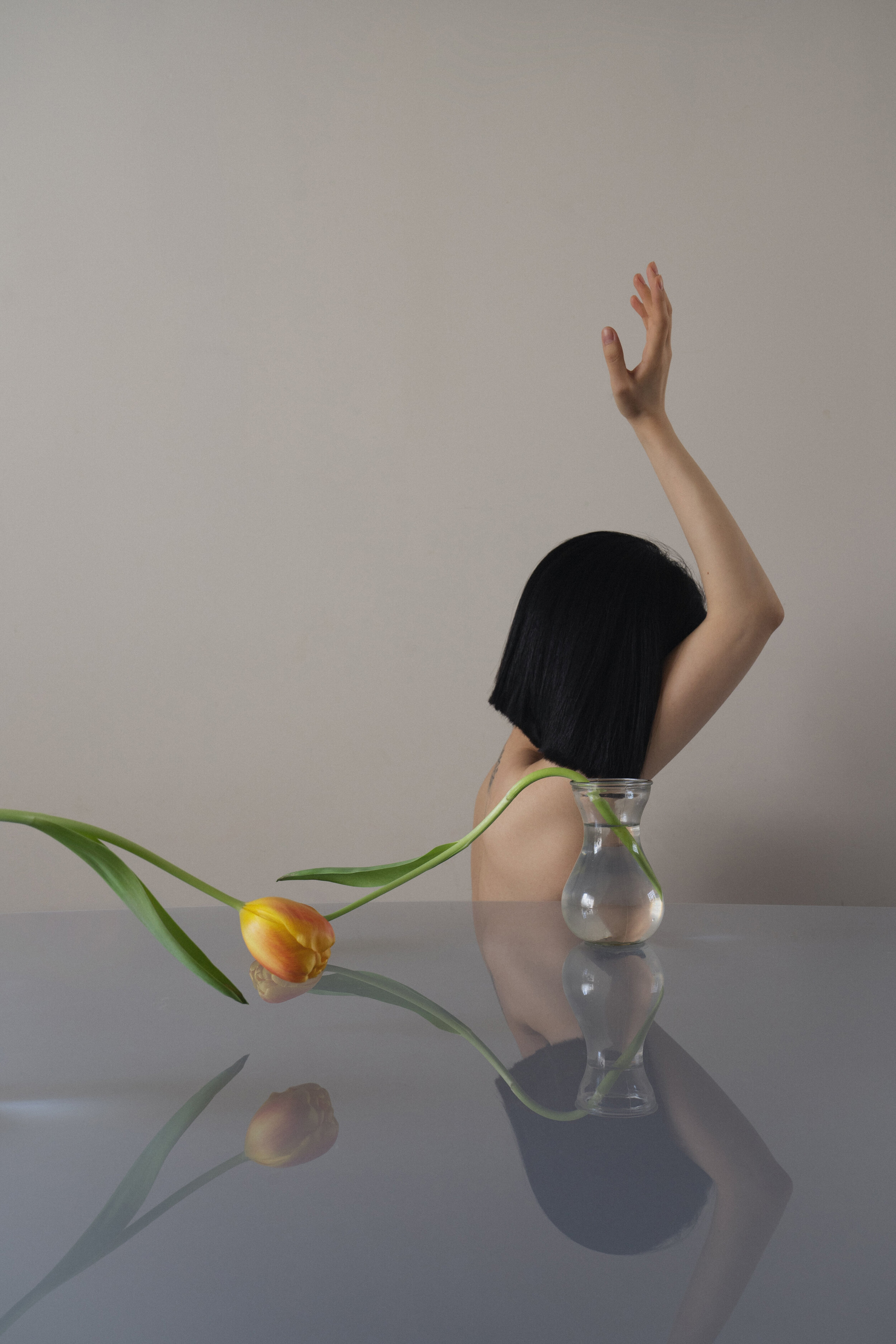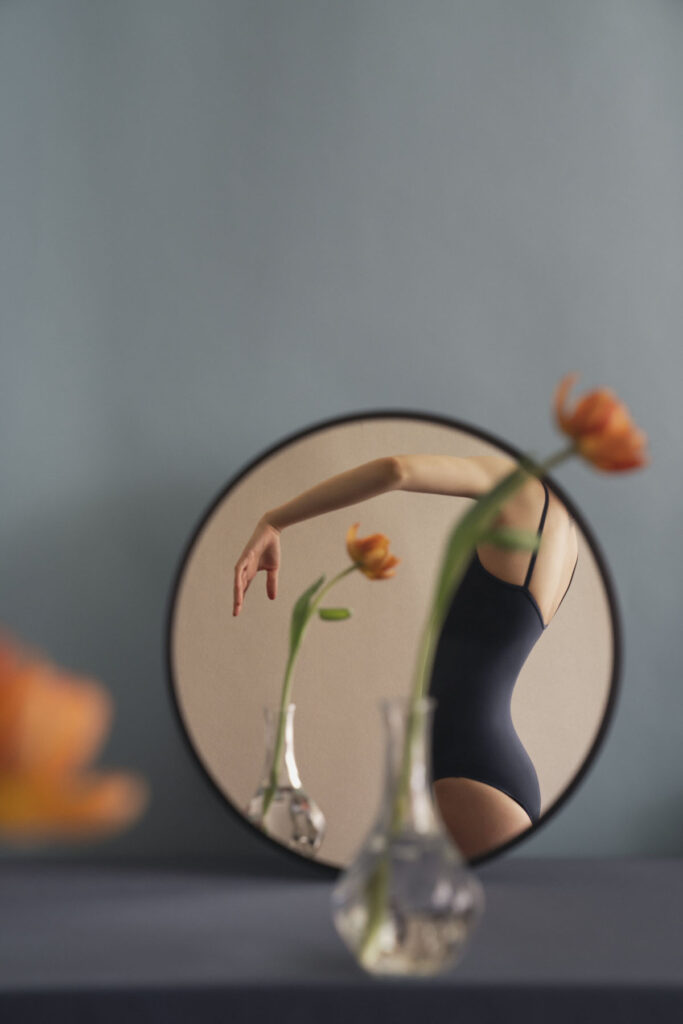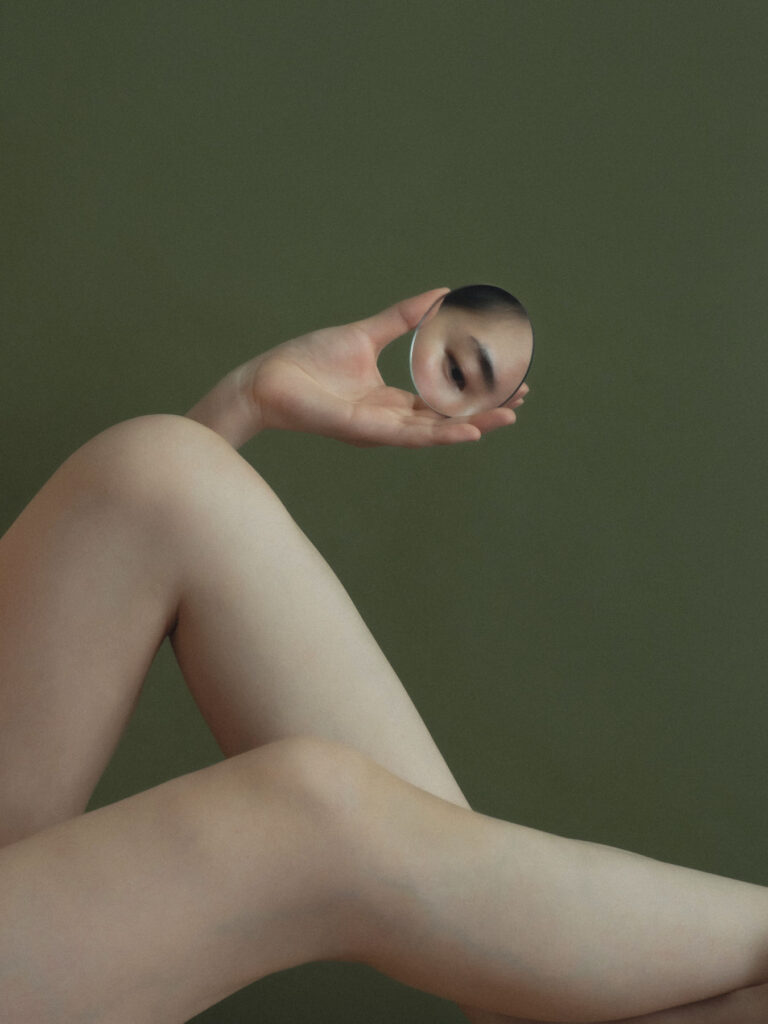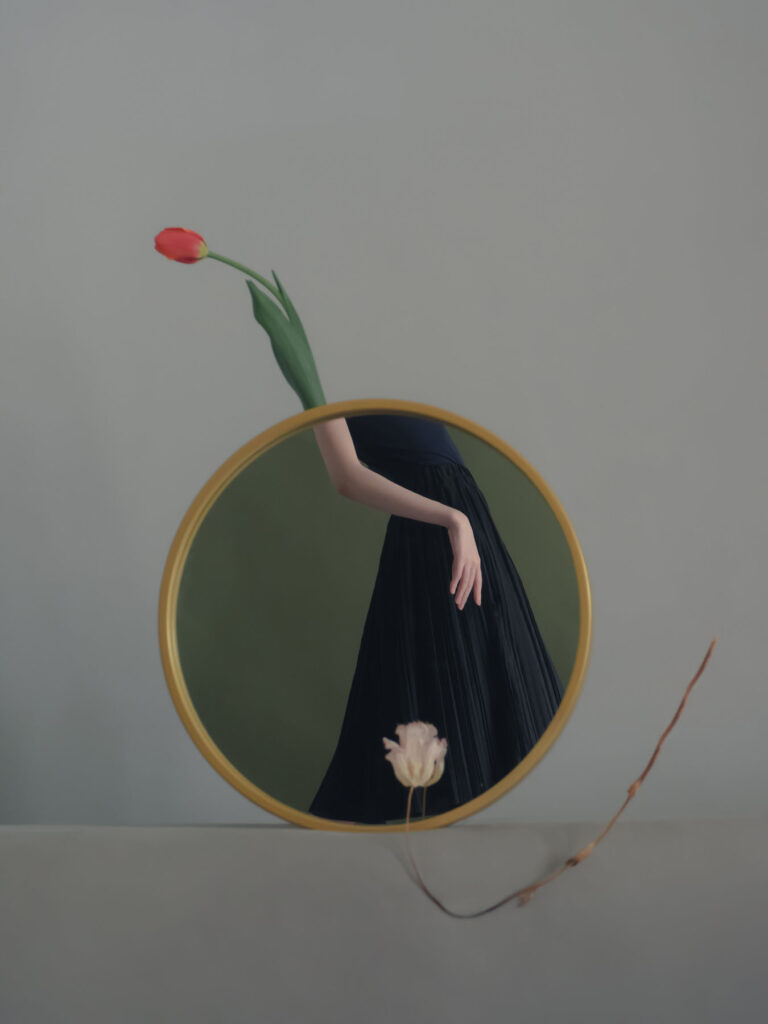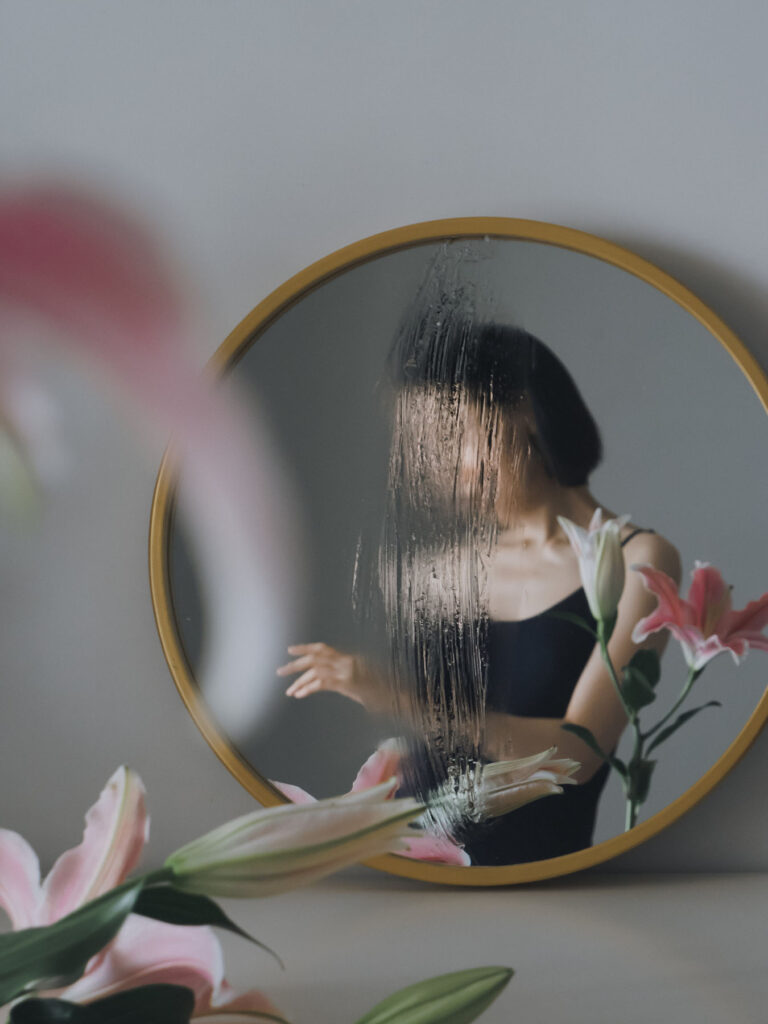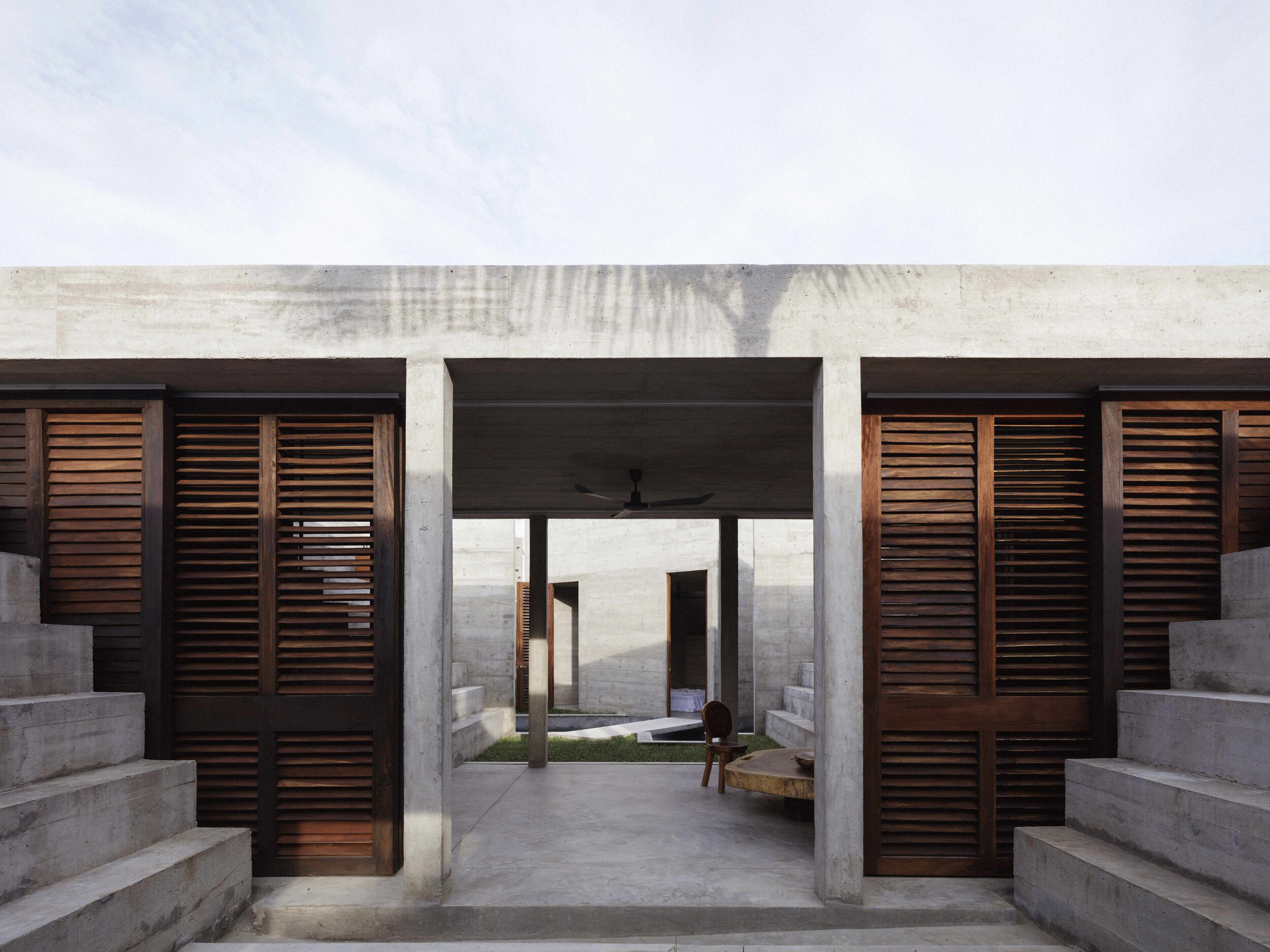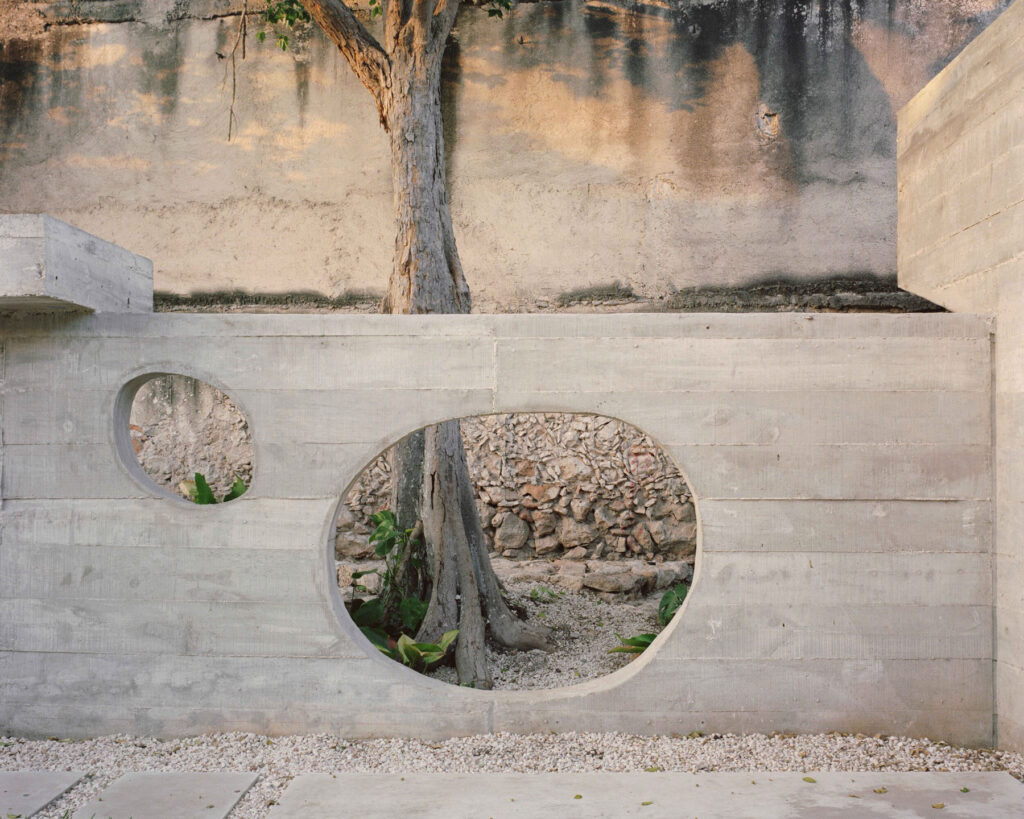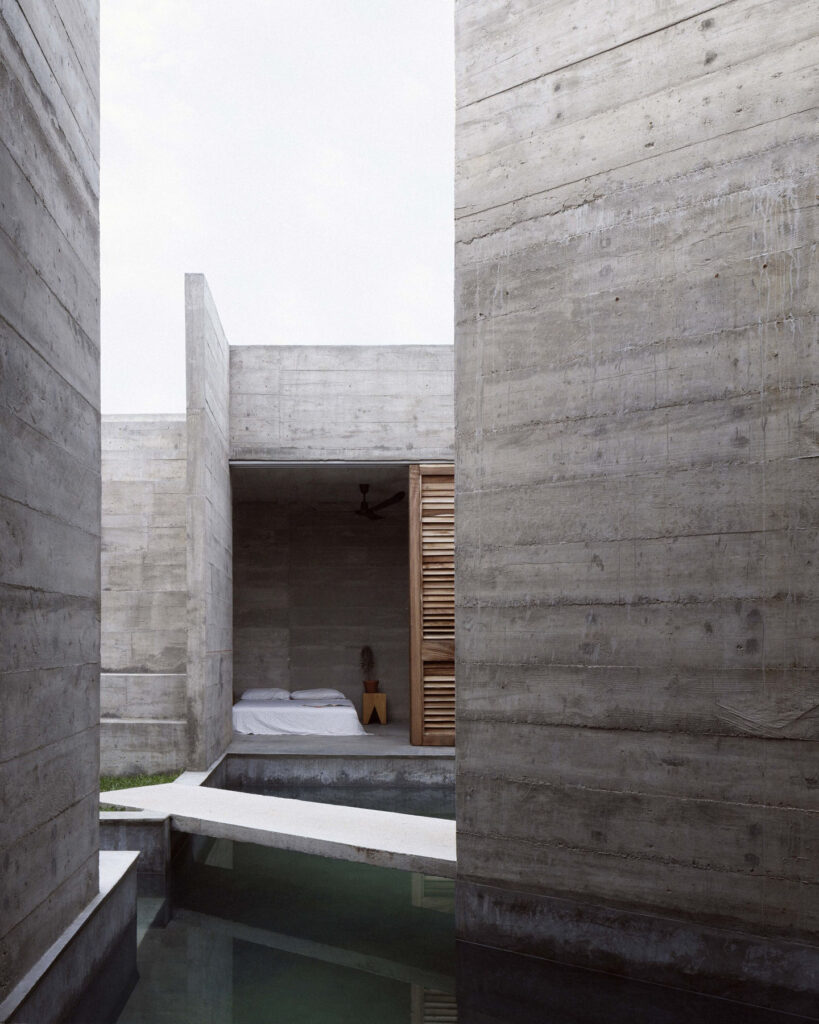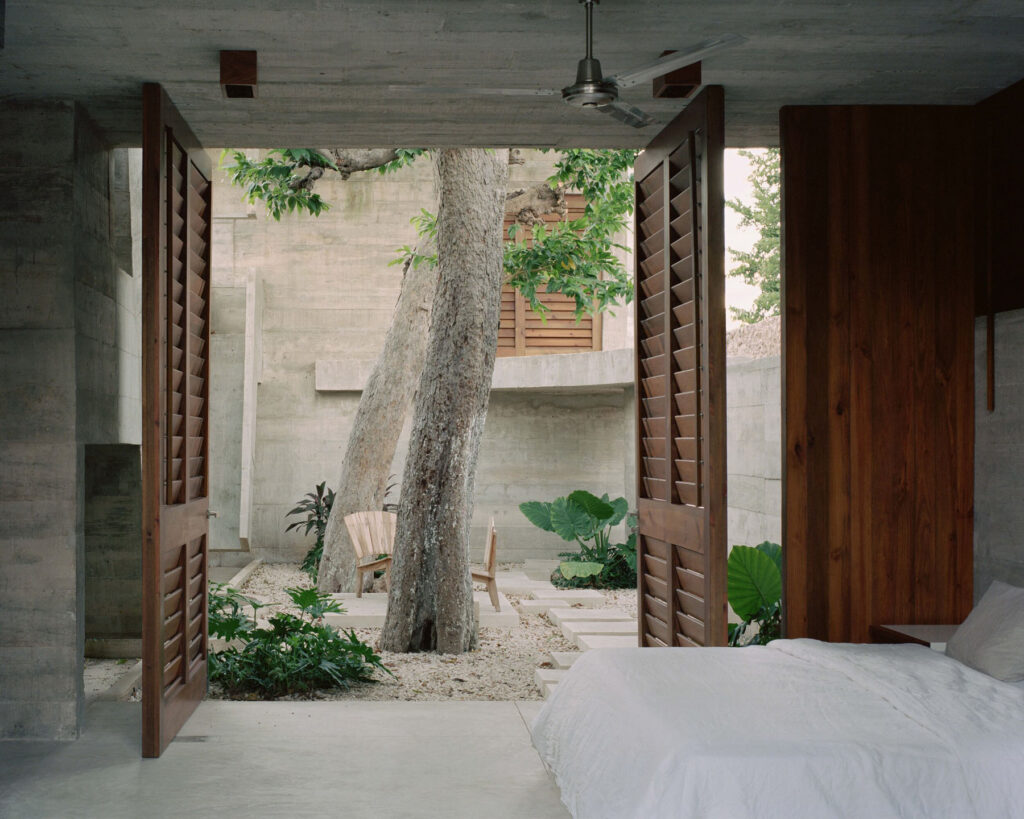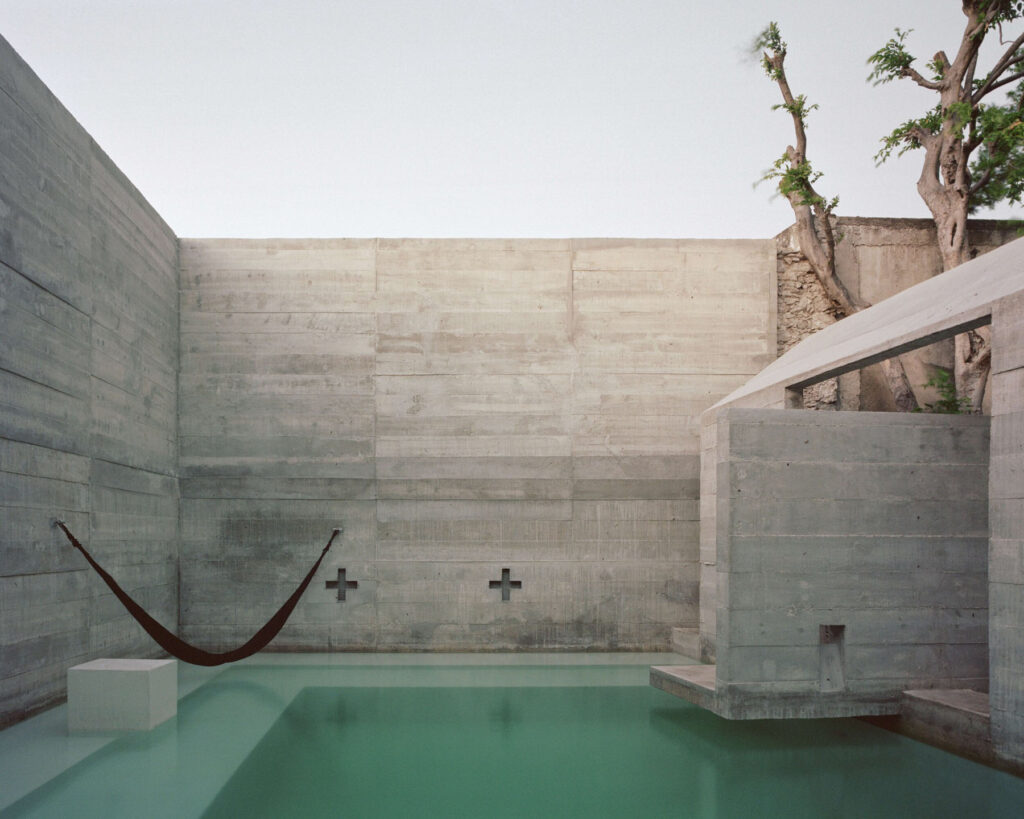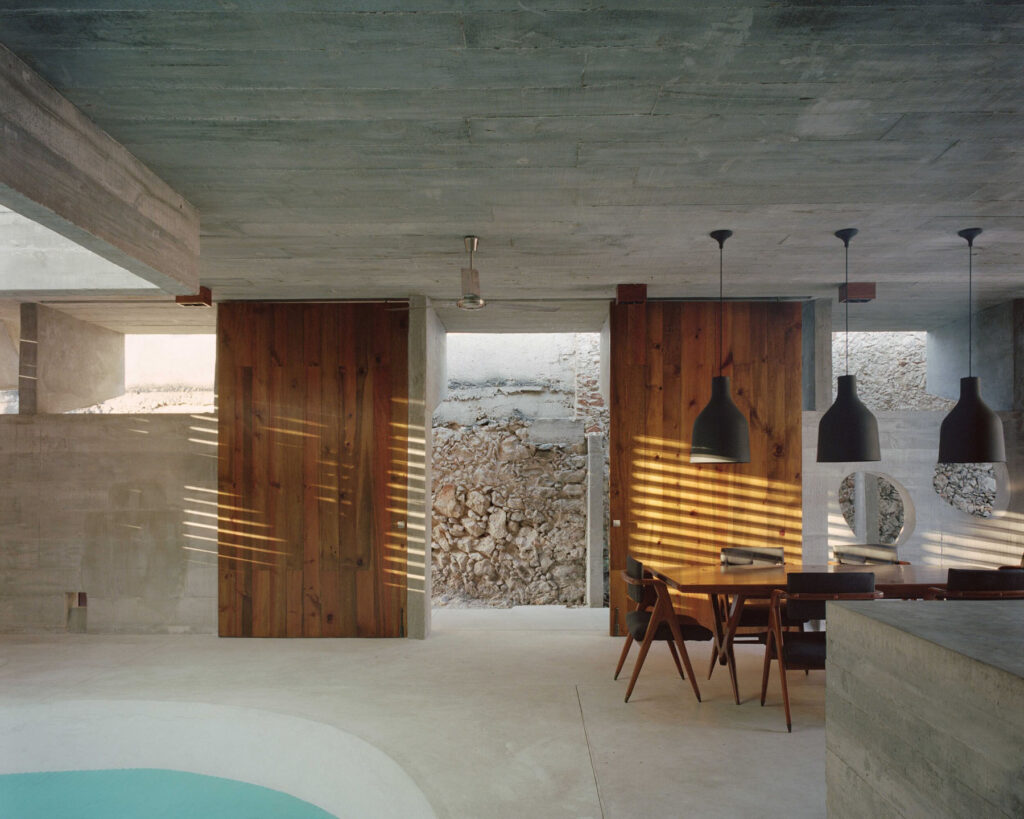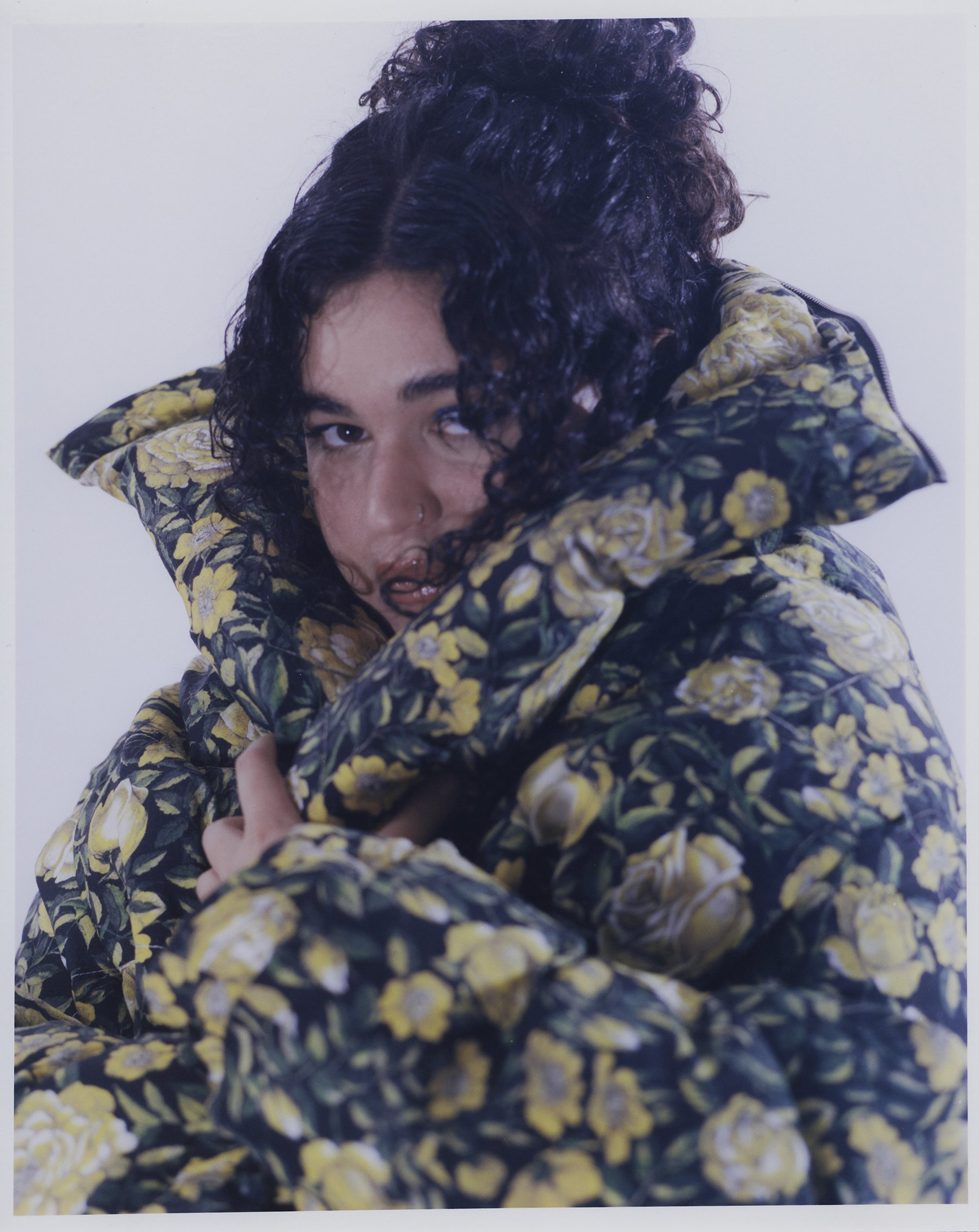
“At times it did feel like a bit of an overshare, but in the end I’m happy that I ended up telling my story.”
Following the release of her debut album, Juno, on 15 th October, I caught up with Californian singer, Remi Wolf, over Zoom. It’s early in the morning when we speak, but Wolf is excited to tell me about the photoshoot for NR. “There were loads of crows that were pinned to my body, did you hear about this?” she asks me. And sure, I click through some behind-the-scenes shots and there’s Wolf, side-eyeing a crow to humorous effect. Remi Wolf seems to be turning conventional pop on its head – introducing an eccentric bag of songwriting and sounds into what has long felt like a sanitised, sterile space. It’s like the Gen Z kid who grew up listening to Natasha Bedingfield before discovering MGMT as a teen went on to become a singer – which is, of course, the case. Wolf grew up in Palo Alto, where her early life was largely spent training as a competitive skier (she represented the US twice at the Junior Olympics). She quit skiing in her mid-to-late teens and turned her hand to music; Wolf became one half of a duo whose name was styled off Hall & Oates and appeared briefly, age 17, on American Idol. But it was after meeting multi-instrumentalist, Jared Solomon, at an after-school music class that Wolf’s musical vision truly began to take shape. Almost a decade on, Wolf and Solomon, aka solomonophonic, are regular collaborators, with the latter co-producing the singer’s debut album.
Like Wolf’s signature kaleidoscopic wardrobe, Juno is maximalist blend of bubblegum bops and funky beats. The record is infectiously catchy from the outset. Album opener, Liquor Store, demands to be sung along to, despite the fact the subject matter is a raw reflection of getting sober in the midst of the pandemic. It’s the kind of introduction that sets the tone for what’s to come, even if the rest of Juno dips in and out of different styles. Wolf’s debut album is a bit like a bag of pick and mix – some songs are sweeter than others and there are some juicy gems (in the form of hilarious pop culture references to, say, Billy Bob and Angelina) to be found. The album’s title takes its name and cover inspiration from the singer’s French bulldog, who Wolf adopted during the pandemic. Her debut follows on from two dog-titled EPs: 2019’s You’re a Dog! and I’m Allergic to Dogs! from last June. The song Photo ID from her sophomore EP is dazzling pop that, perhaps to no surprise, became a viral hit on TikTok. Earlier this year, Wolf collaborated with fellow Gen-Z sensation, Dominic Fike, to re-record Photo ID as part of We Love Dogs!, a remix compilation of her two previous EPs. With appearances and remixes from the likes of Beck, Hot Chip, Little Dragon, Nile Rodgers and many more, it’s safe to say Remi Wolf has already found her footing as a connoisseur of eclectic, experimental sounds.
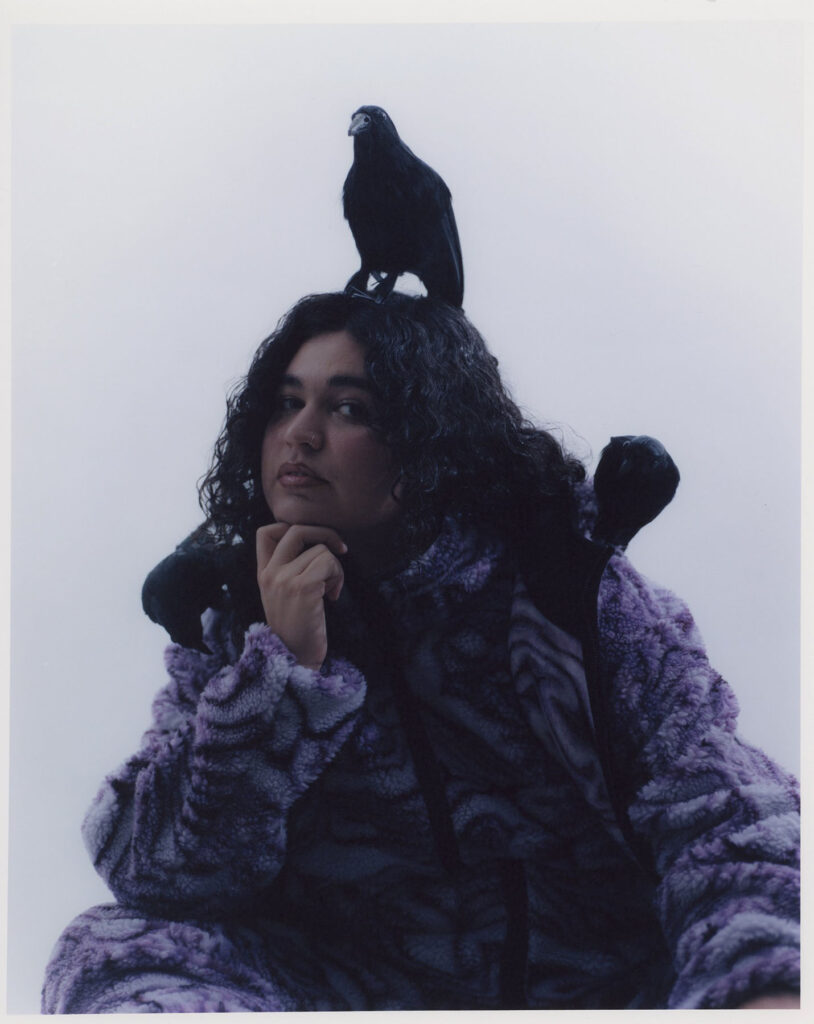
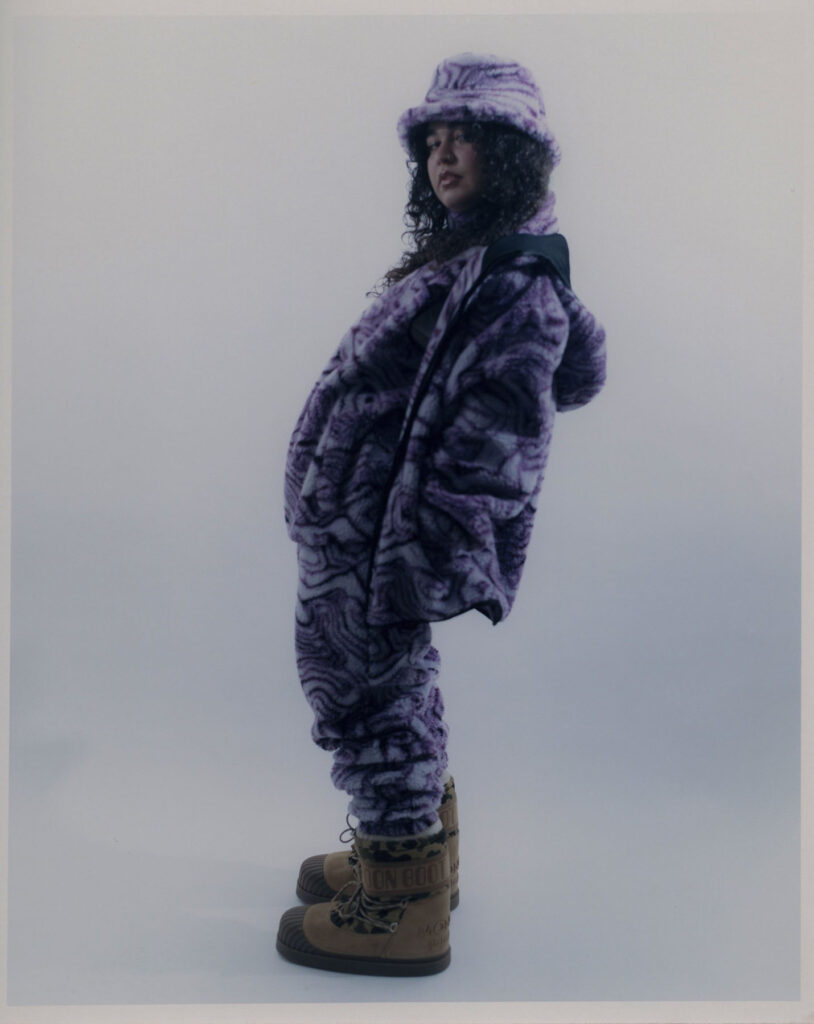
Congratulations on the release of Juno. How are you feeling?
I feel tired, so tired, but really happy that it’s out. I feel this freedom that now I can kind of go off and do whatever I want because I’ve been doing work for this album for the past year and a half almost. So yeah – it feels good. It feels good to be done with it. I feel like I can move on to a new of phase of creativity and writing.
Am I right in thinking you started working on the album just as things with the pandemic really kicked off?
Kind of, I guess. The writing process really started more in November [2020]. That’s when I started writing the bulk of the songs; I wrote Liquor Store, wyd, Grumpy Old Man and Anthony Kiedis all within three days in November. And I think that really, those four songs decided the direction of the rest of the album. But then, I ended up going back [to] songs I wrote previously before those that ended up fitting in with the album. Songs like Sally – I wrote that three years ago almost. There’s little bits and pieces from different times, but mainly the middle of the pandemic was where the bulk of the album was made.
Did you have any expectations of what your debut album would be like?
I didn’t expect anything from the debut album. I kind of went into it and was just like, whatever comes out, comes out. I didn’t have a vision for it in that sense. I was just trying to be as honest as I [could] with the writing and trust my intuition on what sounds good and what sounds I like. And I tend to write songs that are kind of funky and pretty driven by drums. We used a lot of electric guitar. I think the instrumentation is a reflection of what we were feeling at the time. But yeah – no – I didn’t put any expectations on what the album was going to be. It is a bunch of different things all in one.
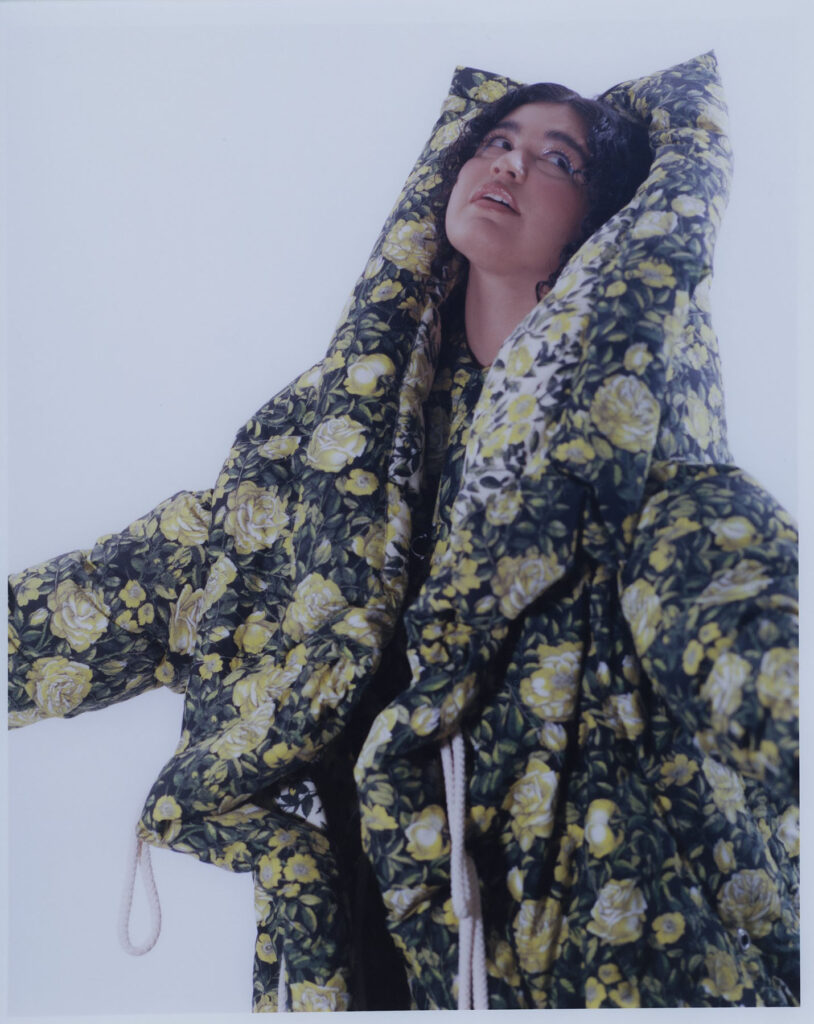
Listening to Juno, it does feel like a journey through so many different vibes. And it’s difficult to choose my favourite aspect of the album. So maybe this is an impossible question for you, but what’s your favourite song on Juno?
I really – I do love all of them. I like them all equally. Recently, I’ve been appreciating wyd because I haven’t heard that in four or five months ‘cause it was finished a while ago. But now that [the album] is streaming, it’s very accessible, so I can go and listen without having to dig through Dropbox or whatever! I love Liquor Store; I feel like Liquor Store was the first song on the album that I was like, “Okay, this is the start of the album.” I think it’s the thesis of the album, and I loved writing it.
The subject matter of Liquor Store is quite personal. How does it feel to write and share that song with the world?
It is quite personal. I think I felt like I really had to share the story, or else the meaning of that song would have been completely lost. And you know, that is what I went through during the pandemic and felt like I had to be honest. If I left that out, it would have felt like I was lying to people about what was actually going on in my life. And this album exists because of the pandemic and my sobriety – it would have been a completely different album [otherwise]. At times it did feel like a bit of an overshare, but in the end I’m happy that I ended up telling my story.
There are so many pop culture references in Juno as well as elements that recall Natasha Bedingfield and the fun, bright sounds of the early 2000s. Did you always want to incorporate these kinds of references, or is that something you’ve picked up over time as the 2000s have gotten further away?
I mean I used to love Natasha Bedingfield, I really did. I think a lot of those references made their way in subconsciously, or as a result of me having listened to that music as a kid. Like truthfully, I didn’t go into making this record [thinking] “Okay, I’m going to reference this and this and this. It’s going to sound like the early 2000s.” It was a very organic thing that happened that I didn’t really think about. I don’t know, I think when you make music and you’ve been listening to music your whole life, things you like – melody ideas or whatever – end up coming out.
I think during the pandemic, we all had this yearning to listen to music that made us feel comforted. I found myself listening to a lot of music from when I was younger during the pandemic. Maybe my subconscious was trying to make music that made me feel comforted, and because of that, we referenced a lot of early 2000s, late ‘90s sounds. But I don’t know; the pop culture references, they just slid their way in there as part of my songwriting. It just kind of happened, you know?
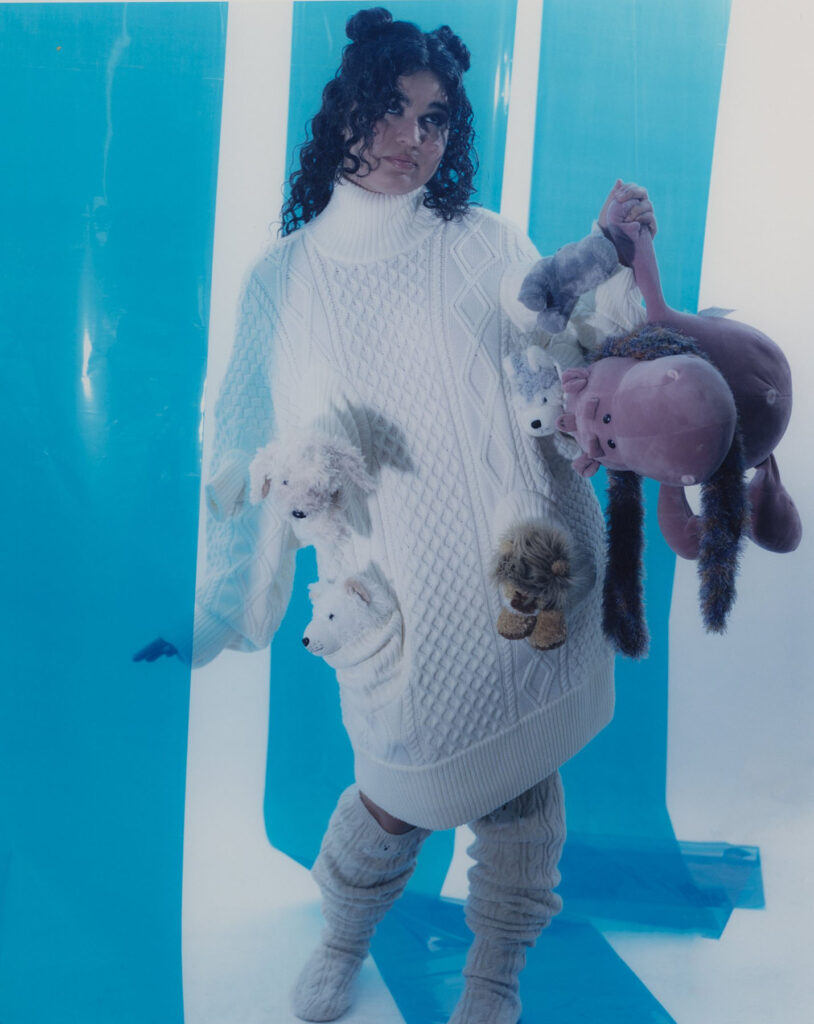
What do you want your fanbase and listeners to get from hearing your songs? Beyond good, fun songs…
I want them to get whatever they want out of it. I honestly don’t want to put what I want them to feel or think about it on them, because I don’t think my music should exist in that way. Like, I didn’t make it thinking, “Oh my God, everybody needs to listen to this and feel freedom!” I want people to get what they get what they get from the music, and hopefully what they get is positivity and it helps them, I don’t know, get through their day. That’s why I listen to music; I listen to get through the day and feel happy – or feel sad. Just to feel something; so I hope they just feel something from it.
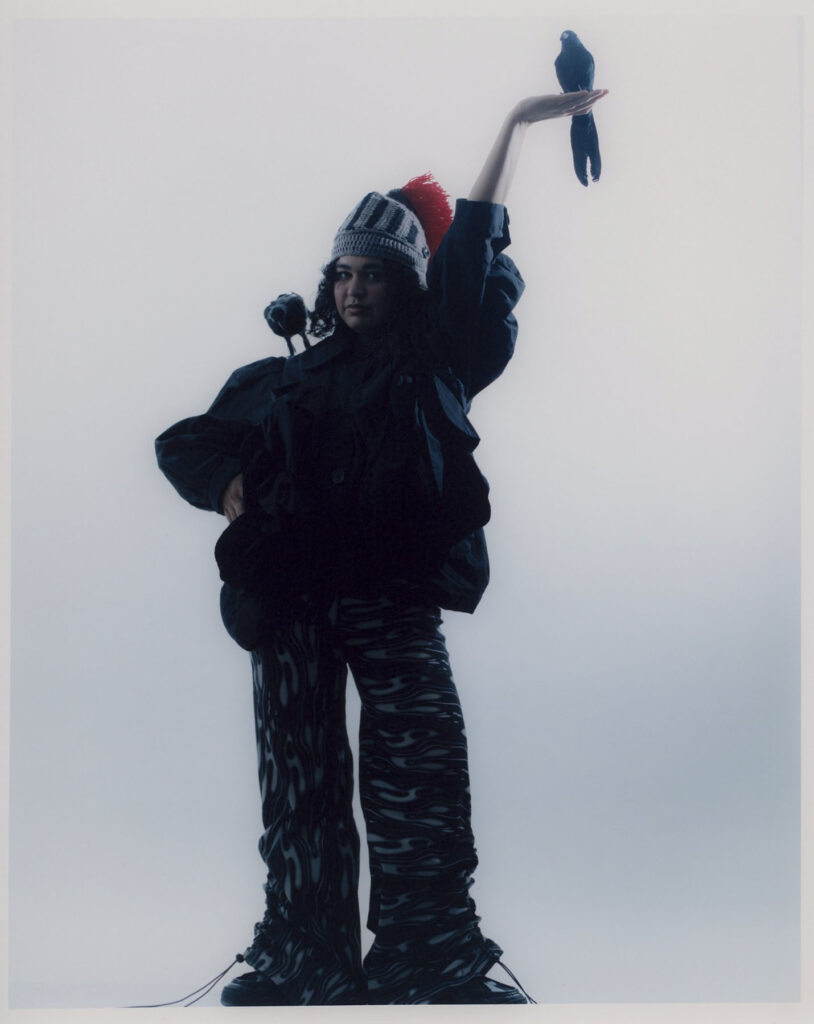
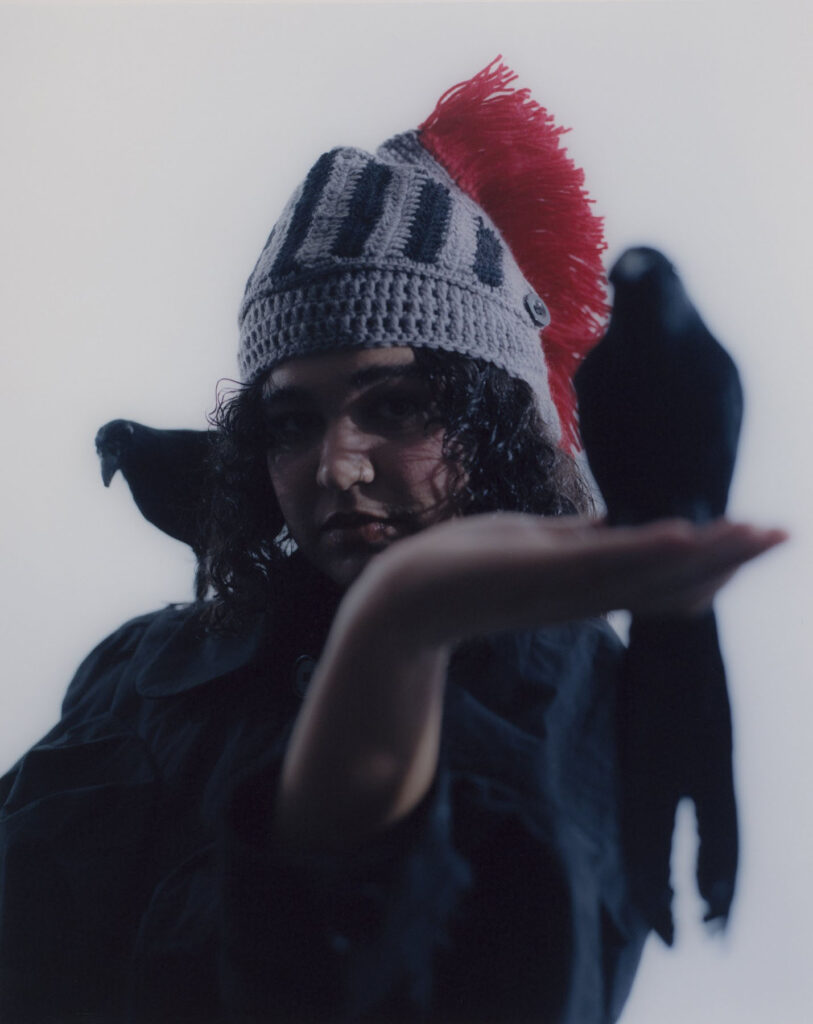
Your European tour starts in a few weeks. That must be really exciting?
I think I fly over on November 5th and I start in Spain and then go all around. I’m very excited for it, it’s gonna be very fun. I just finished a month-long tour about a week and a half ago now. And it’s so amazing being able to actually see my fans in real life and see who they are, what they like, what lyrics they like and what lyrics they really scream out. It’s been a learning process, but it’s amazing.
I think people are just so excited to go back to shows that there’s this energy for live music that I have never really seen. People, including myself, aren’t taking the live show for granted as much – and people want to go really hard. I’ve noticed there’s less phones; people want to be in the moment and I think that’s so cool. It’s such a community-building opportunity. And after some of my shows, I see fans get to know each other and become friends because of my music and that’s so cool. So yeah, I’m excited. I’m a little nervous, but definitely excited.

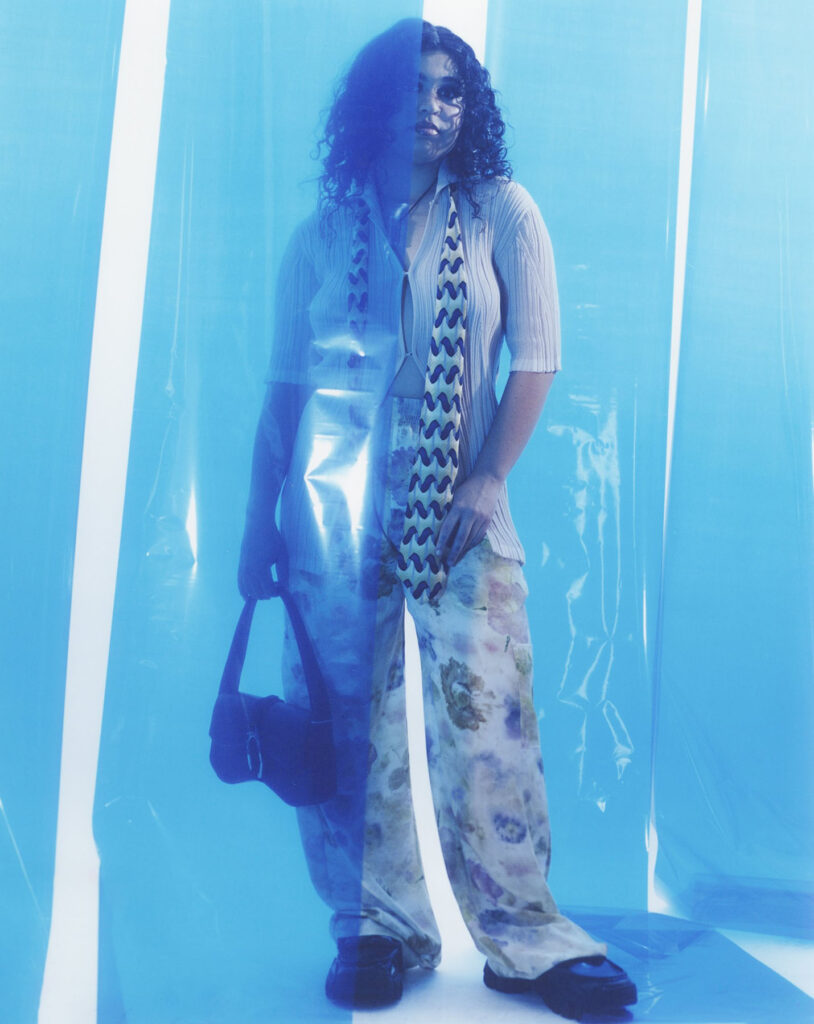
What are you most excited to perform?
I keep talking about Liquor Store, but it’s really fun! What else do I have? Sexy Villain seems to be a crowd-pleaser. And I’m excited to perform Street You Live On – I think that one is going to be really fun to do. I want people to cry during that song. Now I’m putting this on the audience. They can do whatever they want, but I think it’d be fun if we all cried together…
It must be weird when you’re performing and seeing which lines people collectively sing, or shout. Are you ever surprised by which songs people really know?
It surprised me a little bit with my song, Disco Man, that people really love the chorus, but they also love the lines “And he’s wasted all his money, but he’s never been a waste of time”. I was just shocked at how many people knew that song to be honest, I had no idea. And then people really love the “ain’t no Chuck-E-Cheese in Los Feliz” line from Quiet on Set, which part of me expected ‘cause it’s really fun to say. But they really love it, they really scream that shit. I’m excited to see which lines they pull from the new songs I just dropped and the ones I dropped just before the album, like Anthony Kiedis. I haven’t performed that live yet, so I’m excited to see how that goes.
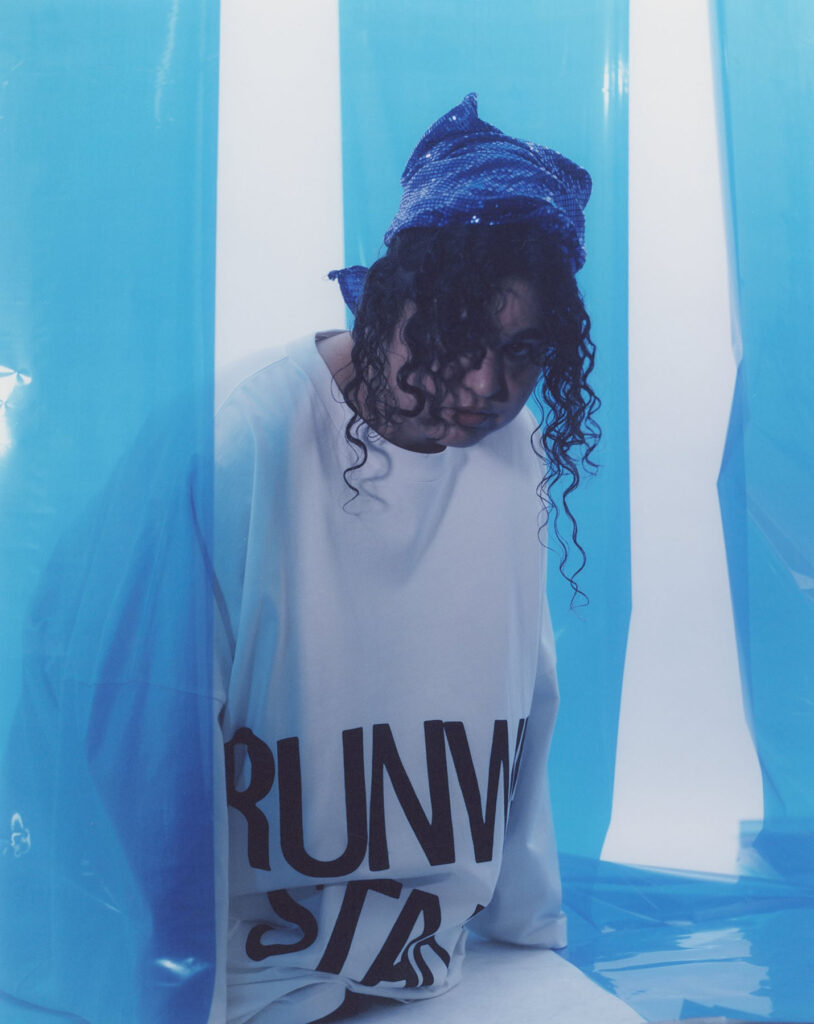
Juno is out there now and you’re about to go on tour. What’re the next steps for you beyond that?
I mean, I think a lot of next year is going to be just touring, writing new stuff and trying to push the boundaries with writing again. I think that I’ve come out of making this album a very different writer, and I want to just keep developing [that]. I want to find a hobby that I can really put my time into because I need something else besides music.
Maybe I’ll start playing baseball or something. Maybe I’ll come out with a line of baseballs or baseball bats? I also want to start making clothes that I can wear and that my friends can wear as well. I think that would be a really fun adventure because I used to sew when I was younger and I kind of want to get back into it.
I feel like that would be an obvious thing for you to do, given how much attention is paid to your style. You could have a little clothing range for your future tours.
Yeah, exactly.
Credits
PHOTOGRAPHER · MIKAYLA JEAN MILLER
CREATIVE DIRECTORS · NIMA HABIBZADEH AND JADE REMOVILLE
FASHION STYLIST · SHAOJUN CHEN
SET DESIGNER · YAO LIANG
MAKEUP ARTIST · FRANCIE TOMALONIS HAIR STYLIST · RACHEL LITA
PHOTOGRAPHER ASSISTANTS · CHRIS LLERINS AND BROOKE CARLSON
CREATIVE ASSISTANT · ETHAN PENN
INTERVIEW · ELLIE BROWN
SPECIAL · THANK YOU TO KATERINA MARKA AT UNIVERSAL MUSIC
THIS FEATURE IS PART OF VOLUME FOURTEEN THE IDENTITY ISSUE
